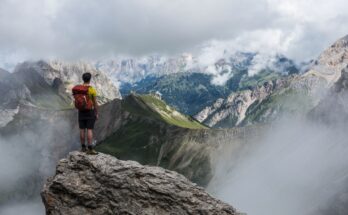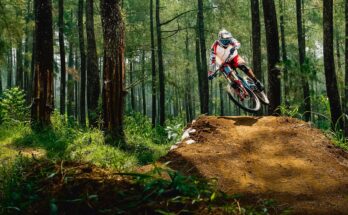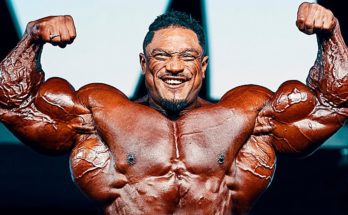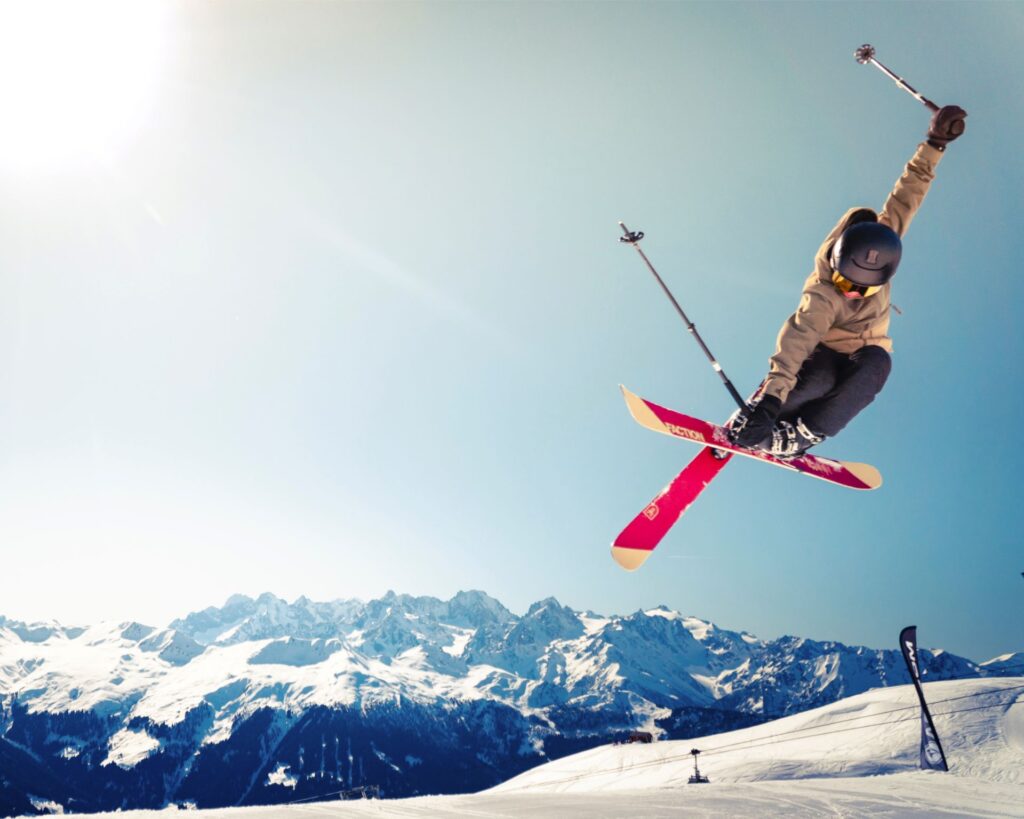
Whether you’re bombing groomers, jibbing in the park, or charging gnarly backcountry couloirs, skiing and snowboarding can be approached and enjoyed in many ways for any skill level. At a professional level, every detail is accounted for, like any professional sport. Line choices are meticulous, preparation is endless, practice is abundant. Regardless of if you’re professional or amateur, you can maximize your training and reach your full potential, avoid injury, and progress quickly by understanding how to approach your sport and developing a plan. Training for any sport involves resolving muscle imbalances and optimizing performance.
If we take A hobbyists guide to longevity and apply it to skiing and snowboarding, we can develop a systematic and personalized training program that maximizes our capability in-season and capitalizes on training your weakness off-season.
Step 1: Learn the muscles being used in your activity.
Step 2: Determine if any weakness or imbalances currently exist.
Step 3: Figure out what Corrective Exercises to implement.
Step 4: Construct a program using corrective exercise additives.
Step 5: Reassess regularly. Maintain.
Step 1: Learn the muscles being used in your activity.
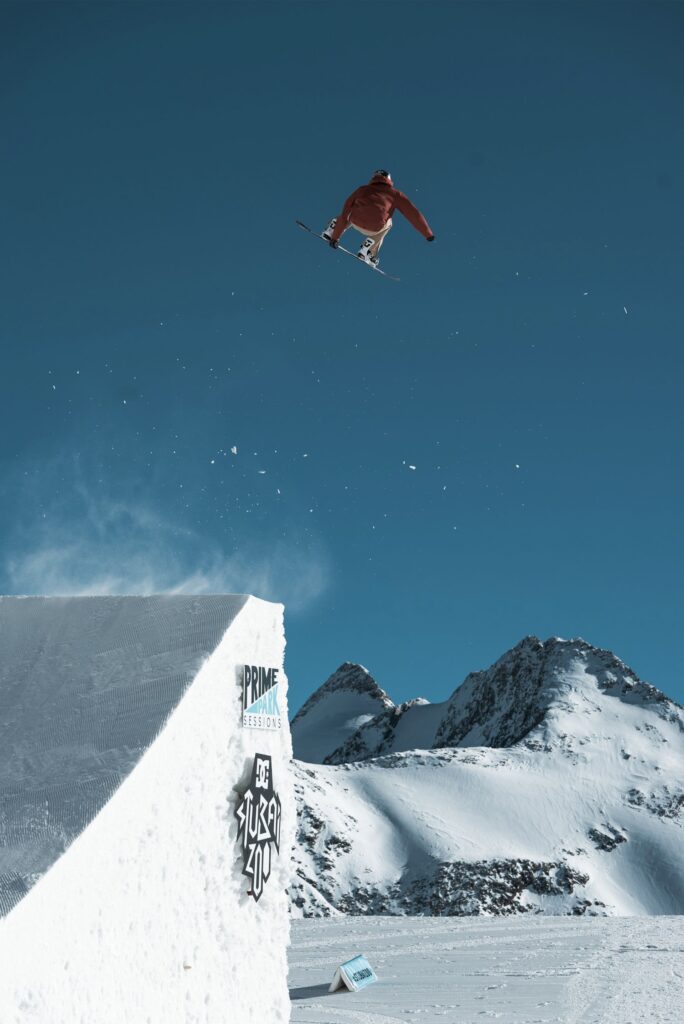
Skiing and boarding are lower-body focused sports. Nearly all muscles in the core, hips, legs and lower legs are utilized.
All kinds of skiing and snowboarding, from downhill, freestyle, cross country, alpine touring, and telemark are going to elicit the use of your stabilizer muscles to control your tool.
Inner and outer leg muscles will be utilized to control carving, braking, absorb the terrain, and maintain balance.
Posture and core muscles control torso stability and allow you to remain upright when jump turning and making maneuvers.
Ankle and lower leg muscles control more nuanced positions depending on the kind of boots you’re utilizing.
A well-rounded skier/boarder will have a very developed lower body with minimal imbalances.
If we understand what muscles are involved in your sport, you can better develop training protocols to keep these muscles healthy, strong, and functional. We can also get an idea of what muscles might become overdeveloped, leading to muscle imbalances which can have a negative performance impact.
Let’s take a look at some muscles involved:
Core/posture muscles:
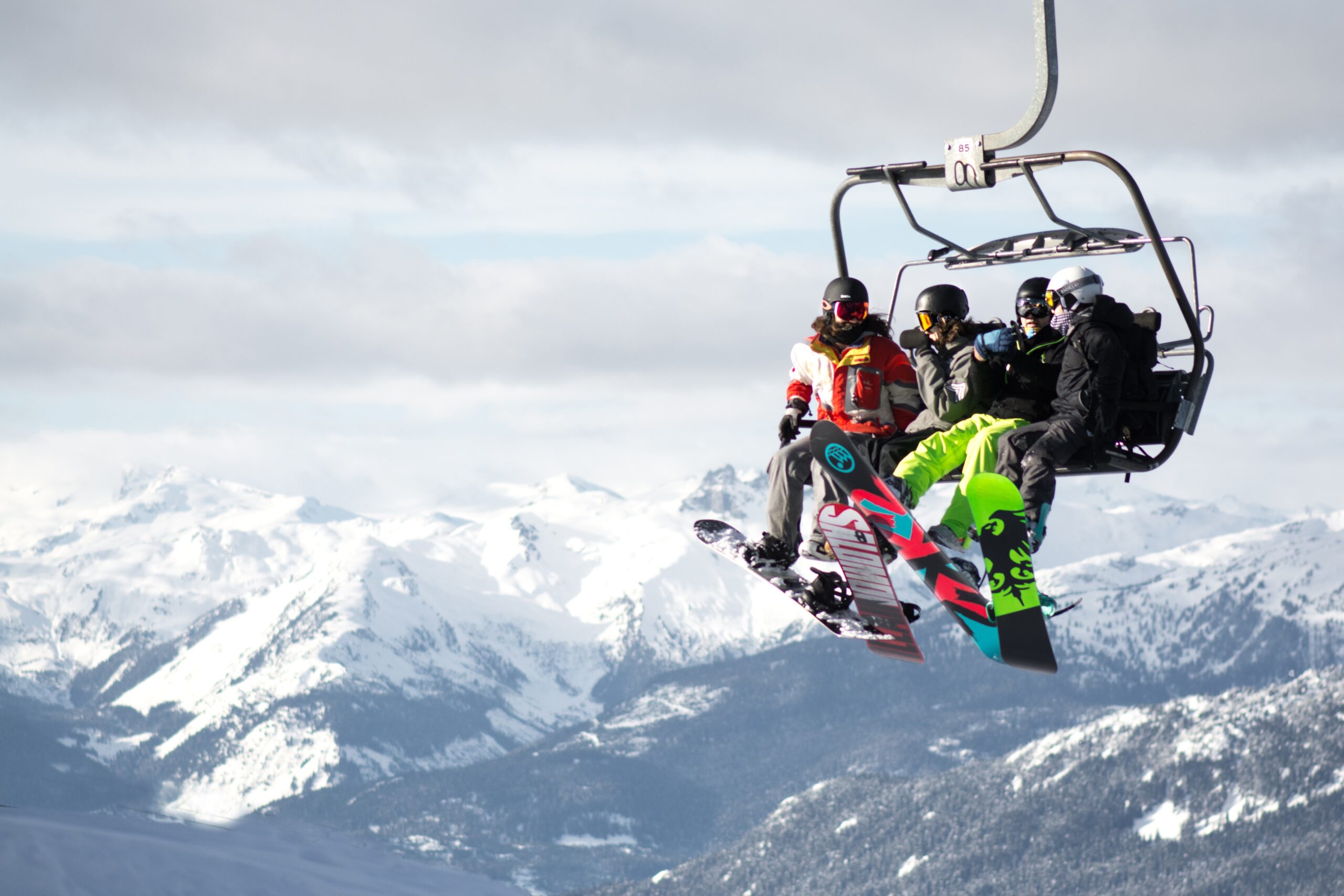
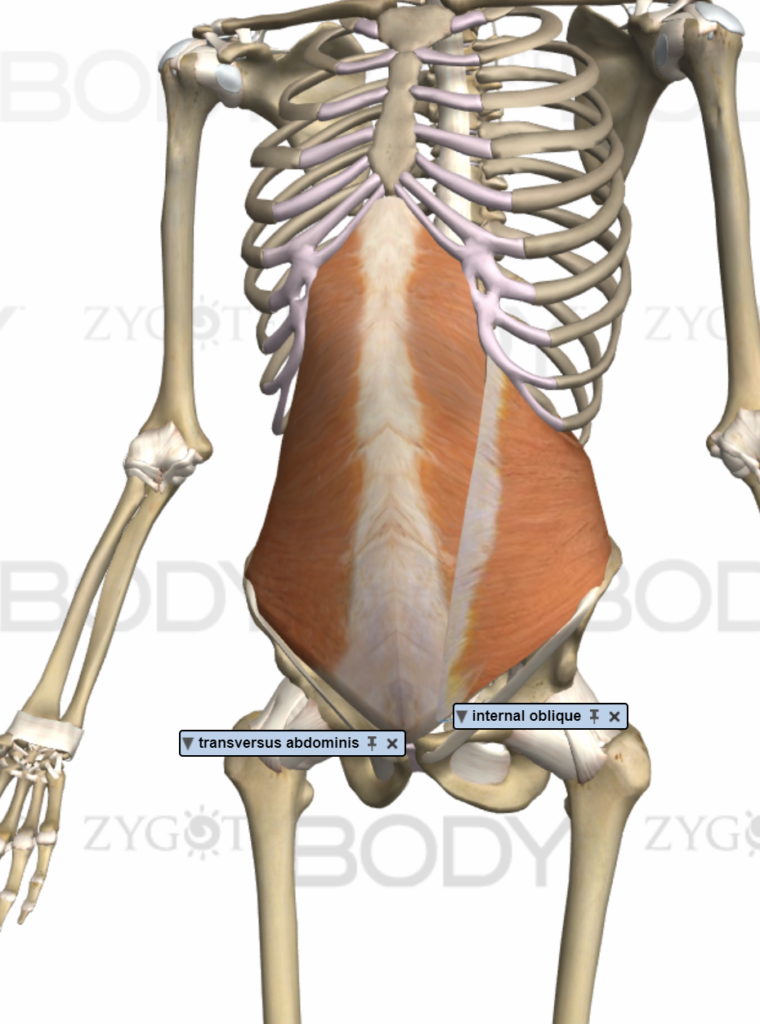
The Core: The core consists of a group of muscles that help to stabilize and protect your waist. Without a bony rib cage to protect you, your lower back is supported by your core muscles! In skiing and boarding your core will always be engaged, keeping your torso pointed in the direction of travel and help keep you upright through your lines. Keeping this muscle functional is essential for not only athletic performance but spine health and longevity.
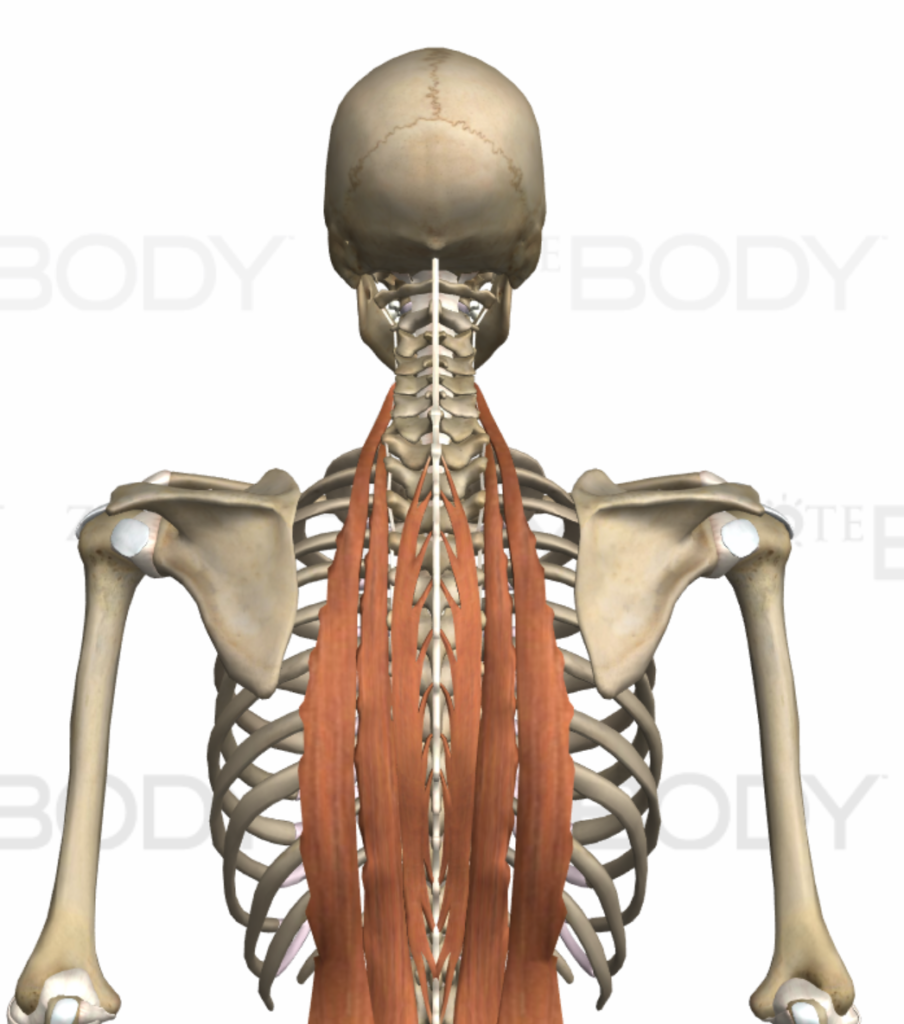
Spinal erectors: These muscles run up and down alongside your spine, from the base of your skull all the way to your tailbone. These muscles stabilize and also control your spine functions. These muscles will work with your core to help you maintain control of your torso and are also very important for athletic performance and spine health.
Hips:
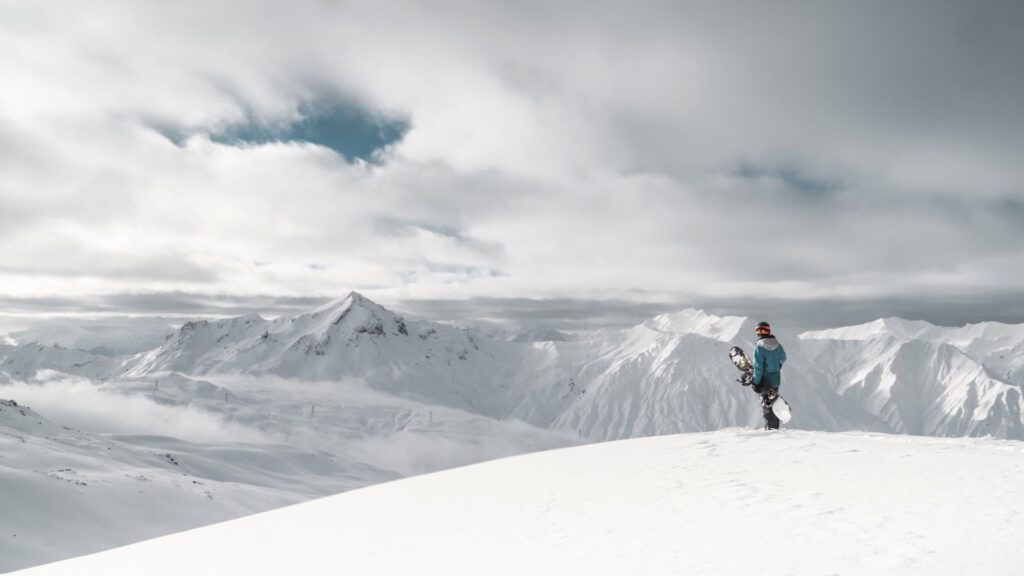
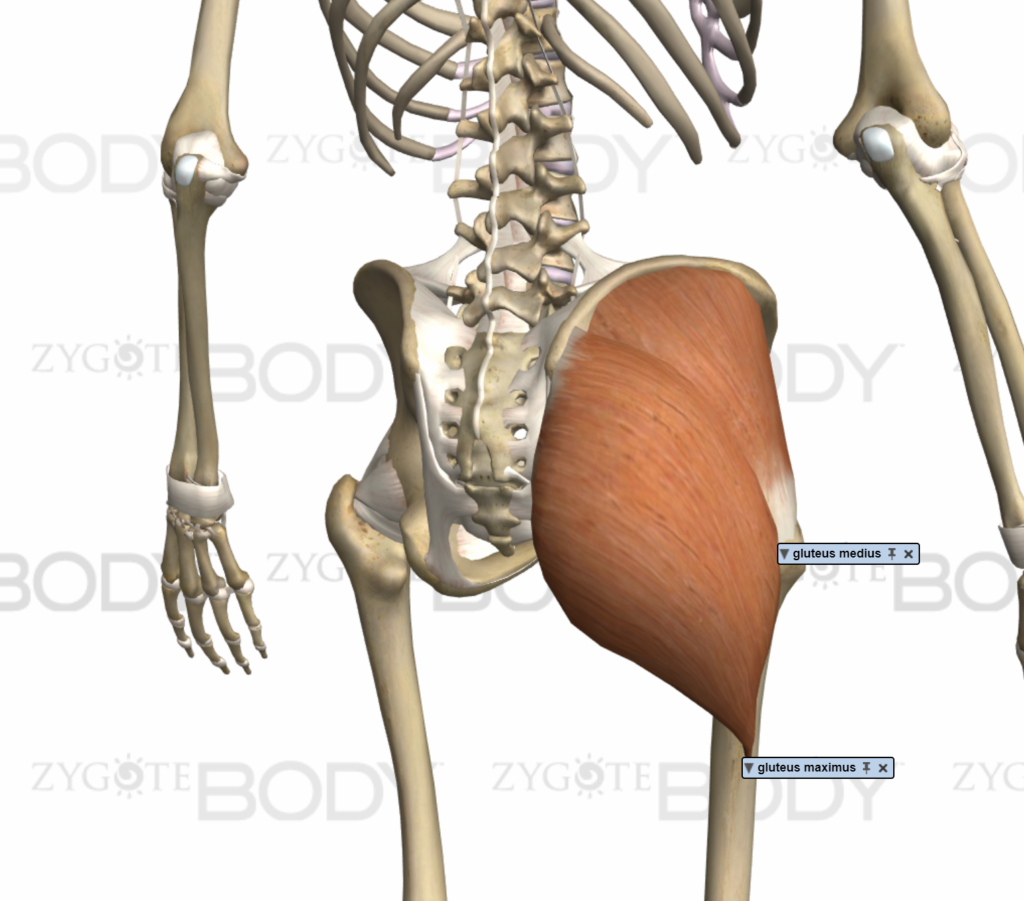
Glute max: This is your main hip extender. This muscle is incredibly important not just for skiing and boarding, but the quality of life and lower back health. This muscle will stabilize your hips, help keep you upright, and engage your turns.

Glute medius: Along with your glute max this muscle is incredibly important for hip symmetry and performance. In skiing and boarding, this muscle is going to engage your turns, all your rotational movements from your hips are going to utilize this muscle in some way.
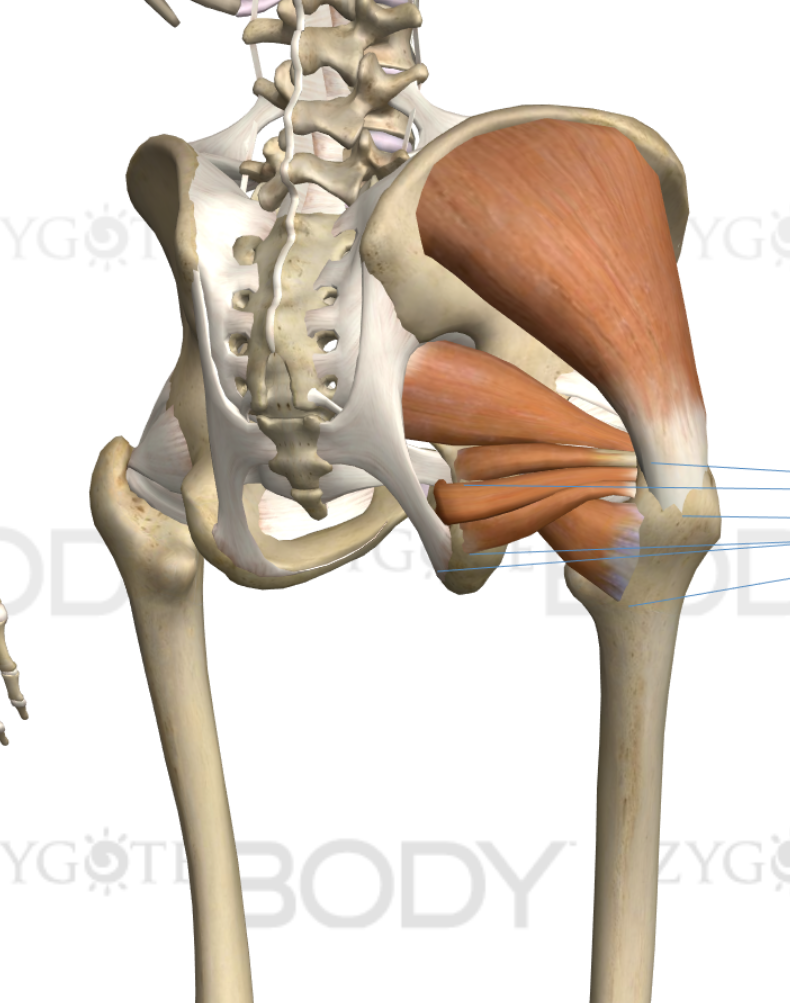
External rotators: These small stabilizer muscles in your hips lie beneath your glutes and rotate your leg outward. These muscles are going to help you maintain control in variable terrain and also support your hip joint function and health.
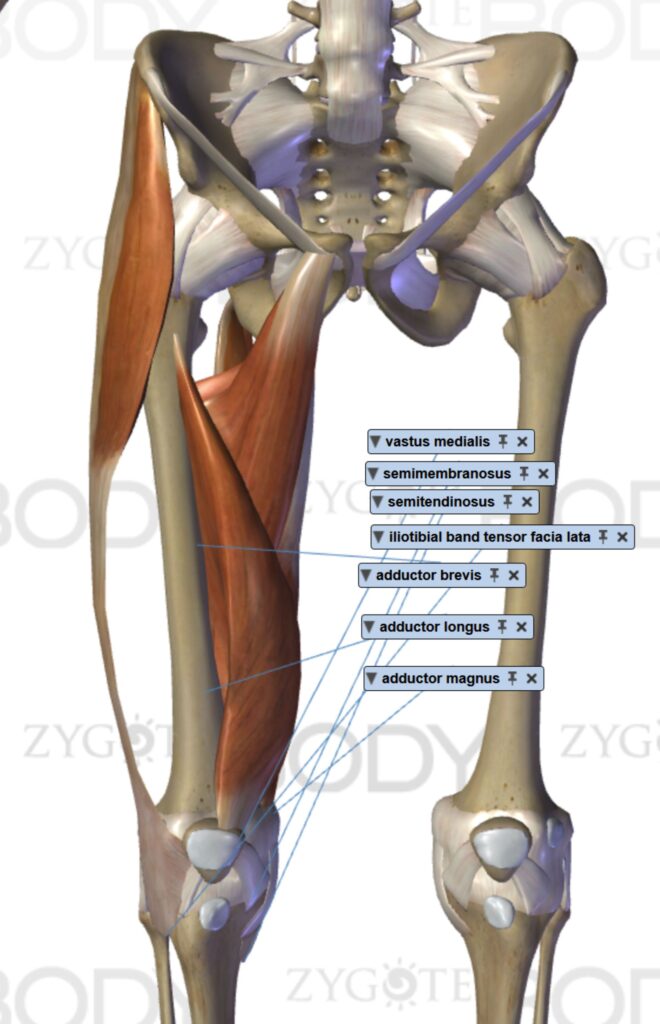
Internal rotators: These small stabilizer muscles perform the opposite function of your external rotators. They rotate your femur in. They have the same importance and significance as your external rotators in providing stability to your hip socket and are essential for your hip health.
Legs:
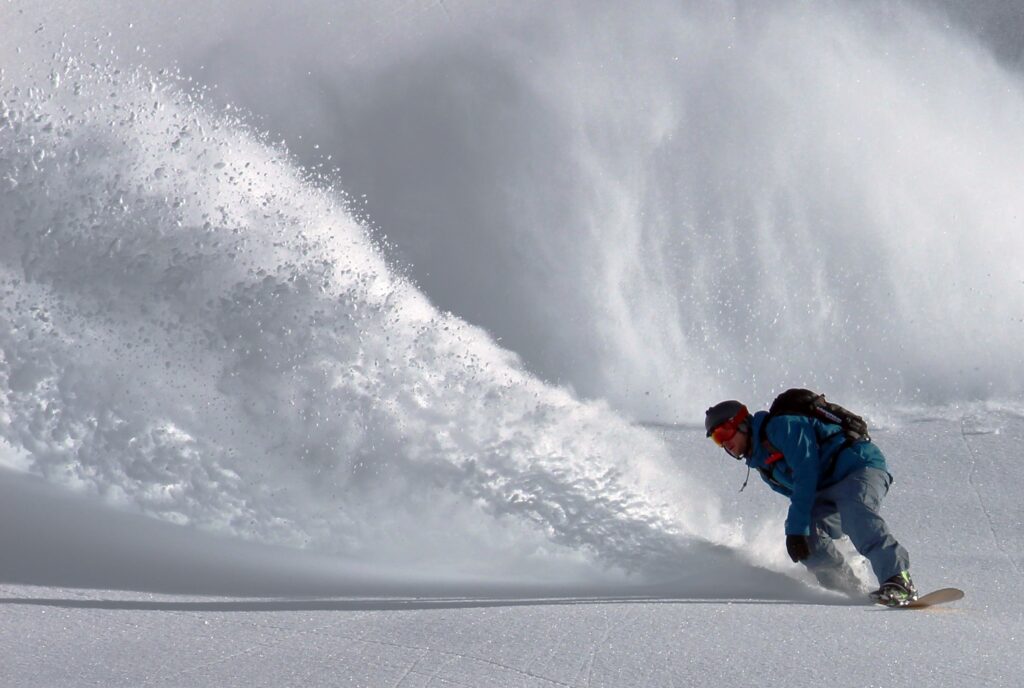

Quads: The powerhouse of your legs. Your quads consist of four large muscles that all control knee extension and small amounts of internal and external leg rotation. These are where you’ll most likely feel the burn and fatigue the fastest while skiing and boarding. These muscles are easily the most used in snow sports.
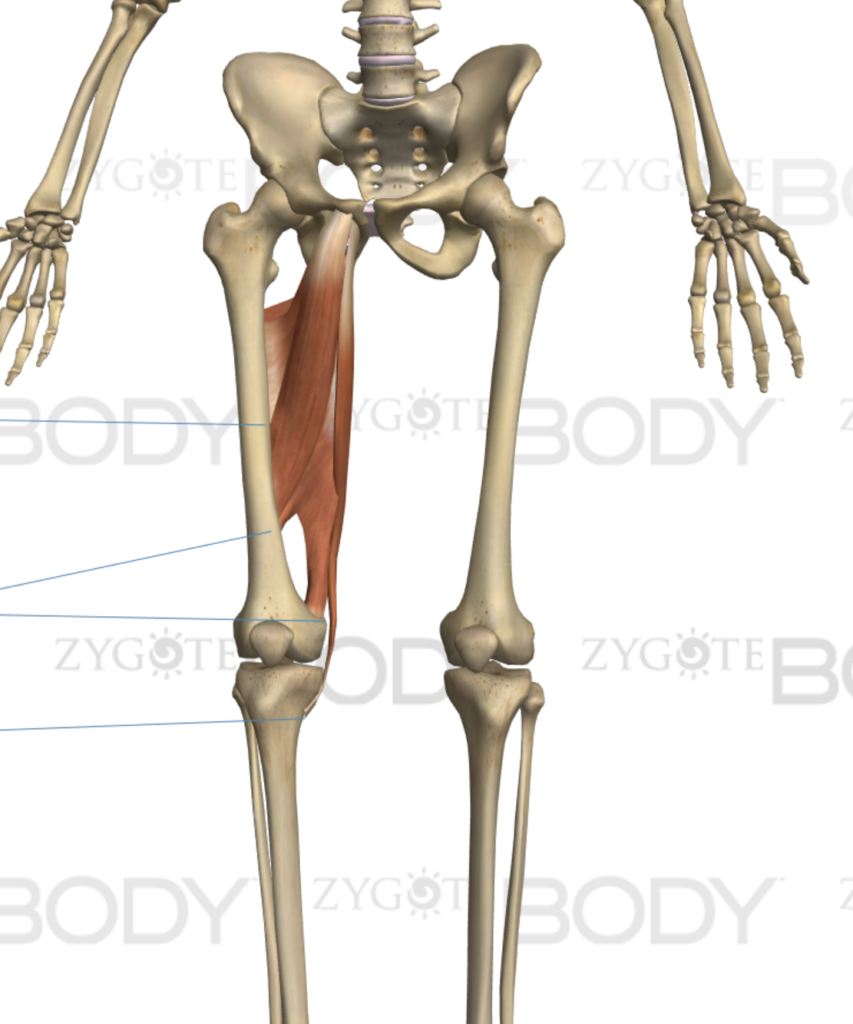
Adductors: These muscles are constantly activating and being utilized to maintain a proper distance between your skis, stabilize and engage carving and turns, and pizza stopping. These muscles are very important for control and form. Along with the quads, these are probably some of the most used muscle groups in snow sports.
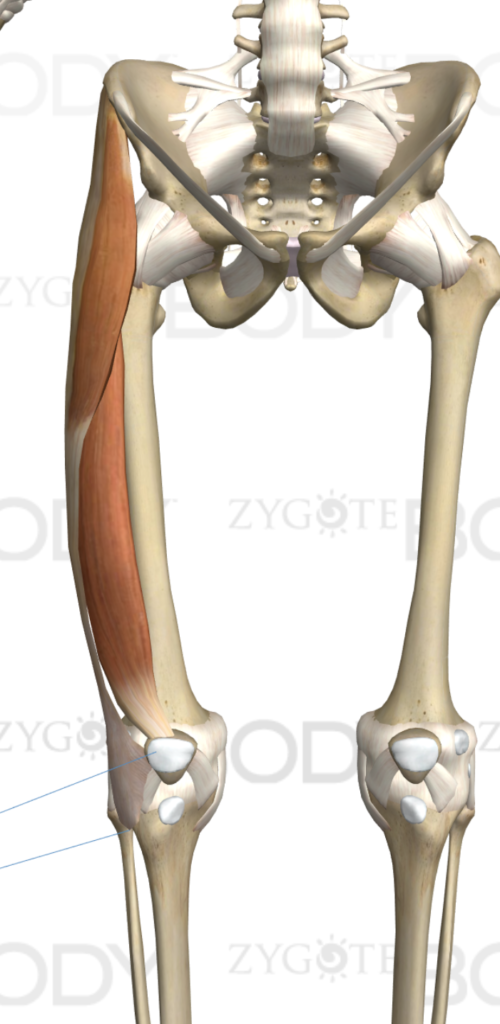
Abductors: Performing the opposite function of your adductors, all opposing function to your adductors are controlled by your abductors. External rotation, and outwards stabilization are all controlled by these muscles. Any pumping and outward pushing done on your skis will utilize these muscles.
Lower Legs:
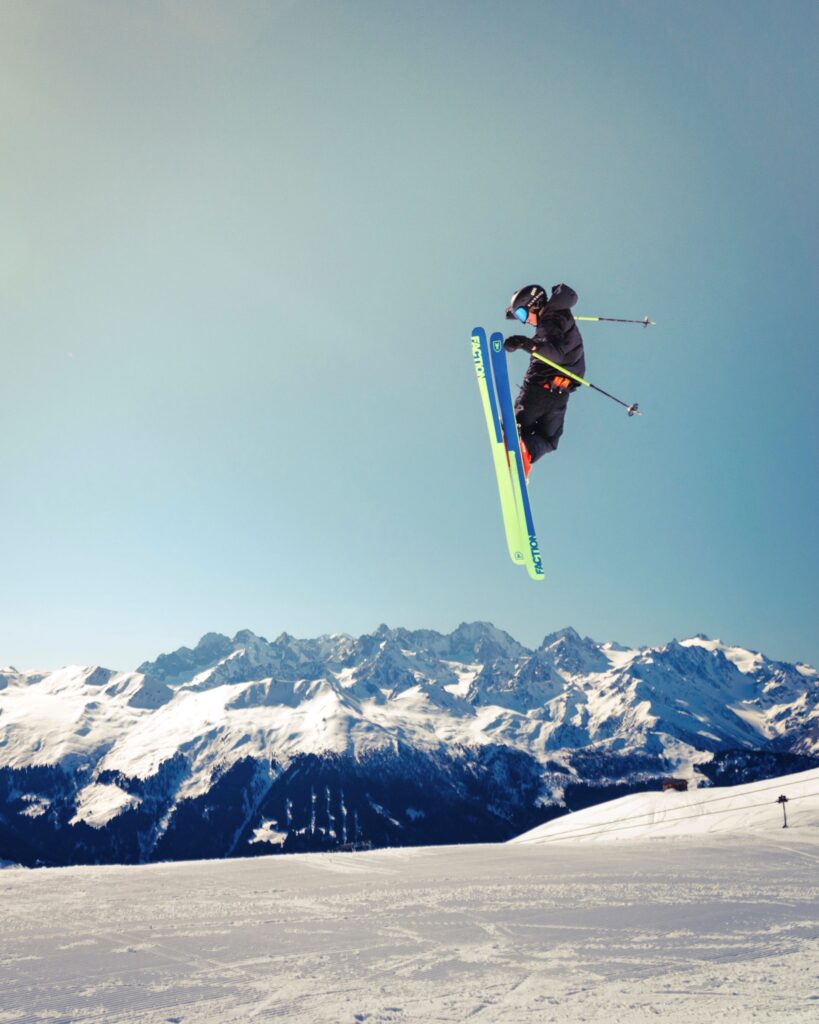
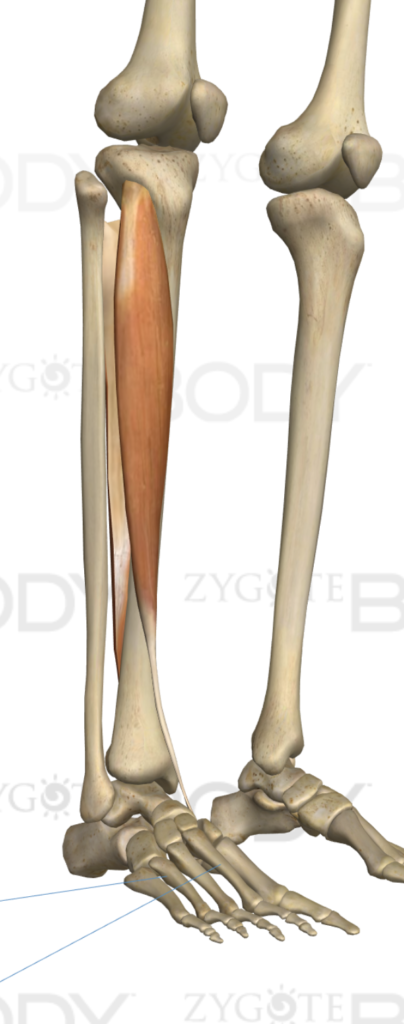
Tibialis anterior: This is the muscle that runs down your shin. This muscle pulls your foot up into dorsiflexion. This muscle is often engaged because of the position your boots put you in. Although your boots provide stability to your ankle, they work as a feedback mechanism for the muscles surrounding your foot and lower leg.
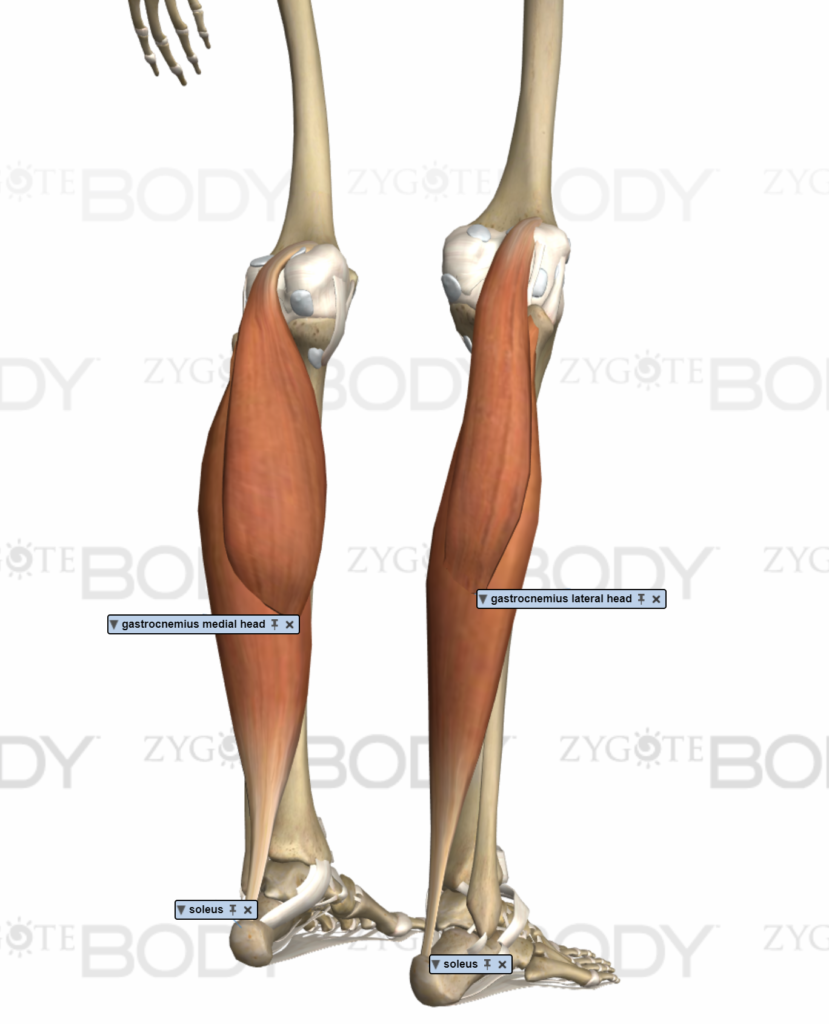
Calves: These muscles perform the opposite function of the tibialis anterior and pull your foot down into plantar flexion. These muscles are supported greatly by your boot but are still heavily taxed when skiing and boarding to maintain balance and small maneuvers at the foot. Strong functional calves and tibialis anterior can alleviate torsion and overuse at the knee.
Step 2: Determine if any weakness or imbalances currently exist.
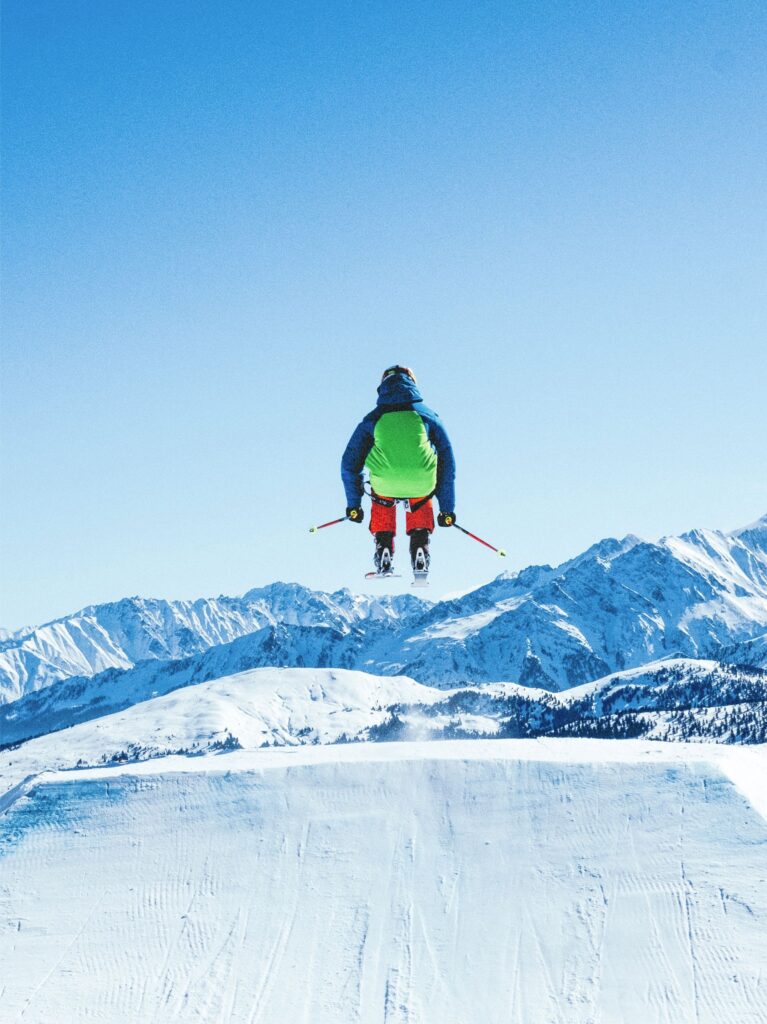
Because skiing and snowboarding develops a very well rounded lower body, overall weakness might be exhibited in the upper body. If the upper body is neglected, general issues could develop. Muscle imbalances might form and throw off your progress.
Muscle imbalances are a fact of life, and can become exacerbated by lifestyle, habits, and occupation. It’s a good idea to address the commonly occurring dysfunctions we see in the upper body and also develop an understanding of what muscle groups we should be training.
We should supplement exercises for neglected body groups within our training protocol.
Another step towards identifying dysfunctions is to perform an assessment. An assessment will reveal problems that might develop into muscle imbalances, as well as existing imbalances. A static assessment and a movement assessment are great, easy to perform options to get started.
Let’s take a look at possibly neglected muscle groups:
Head and Neck:
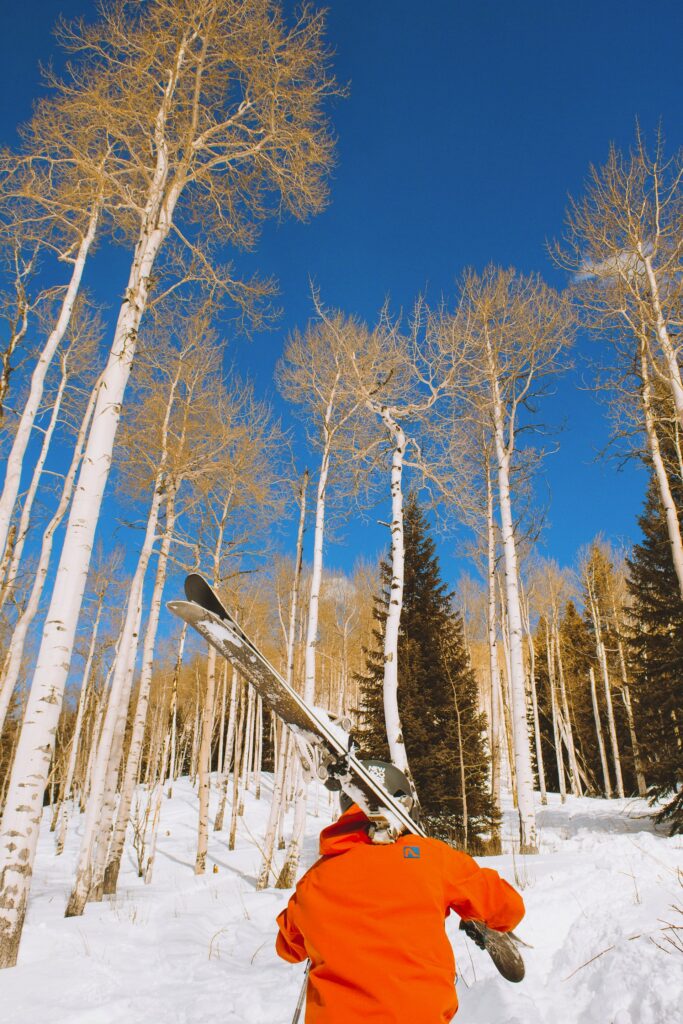
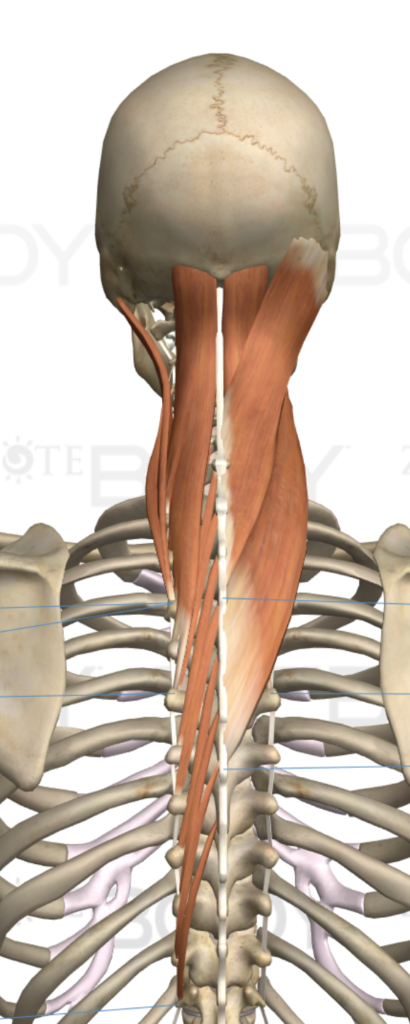
Deep cervical flexors/postural muscles: Head and neck muscles often develop problems from normal life activities. Constant cell phone usage, desk work, and other occupations will lead to muscle imbalances surrounding these muscles. Ensuring your postural muscles and deep cervical flexors are not neglected is essential for combating these dysfunctions.
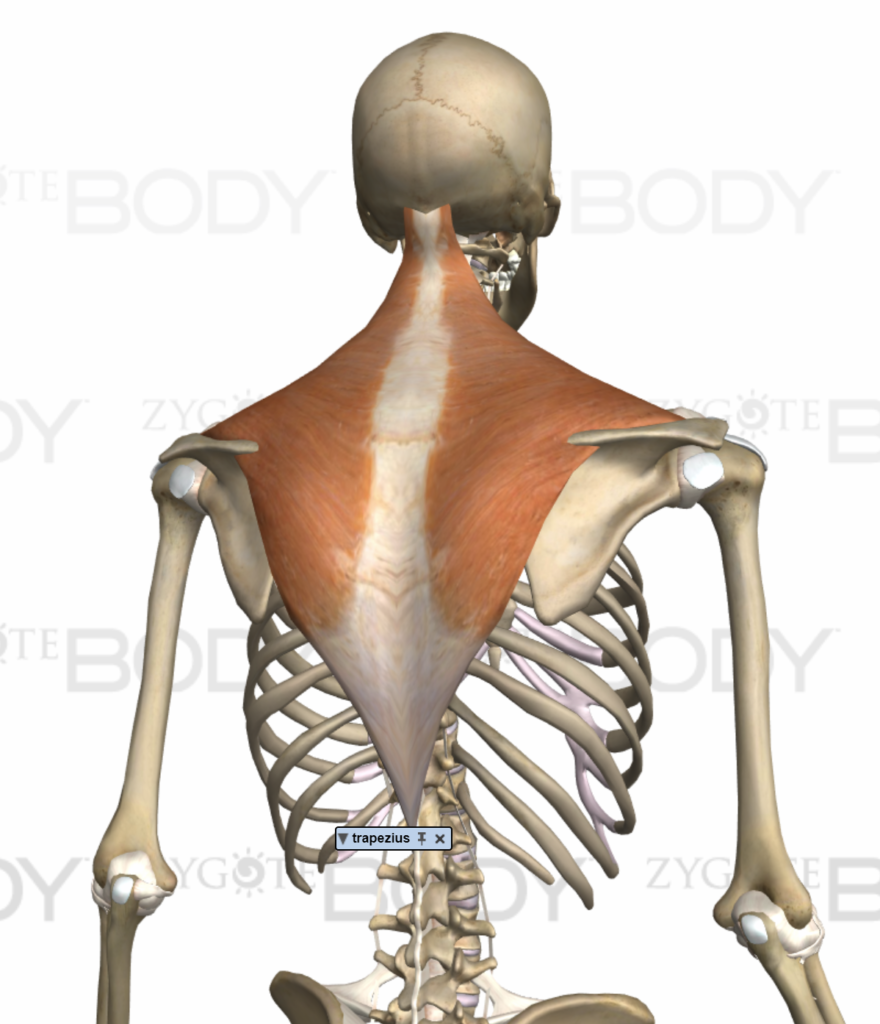
Traps/shoulder elevators: Along with your neck and postural muscles, and your chest and upper back, the traps andmuscles that elevate your shoulders can develop issues leading to various forms of neck and shoulder pain and tension. Training these muscles properly is important for quality of life and comfort.
Chest and shoulders:
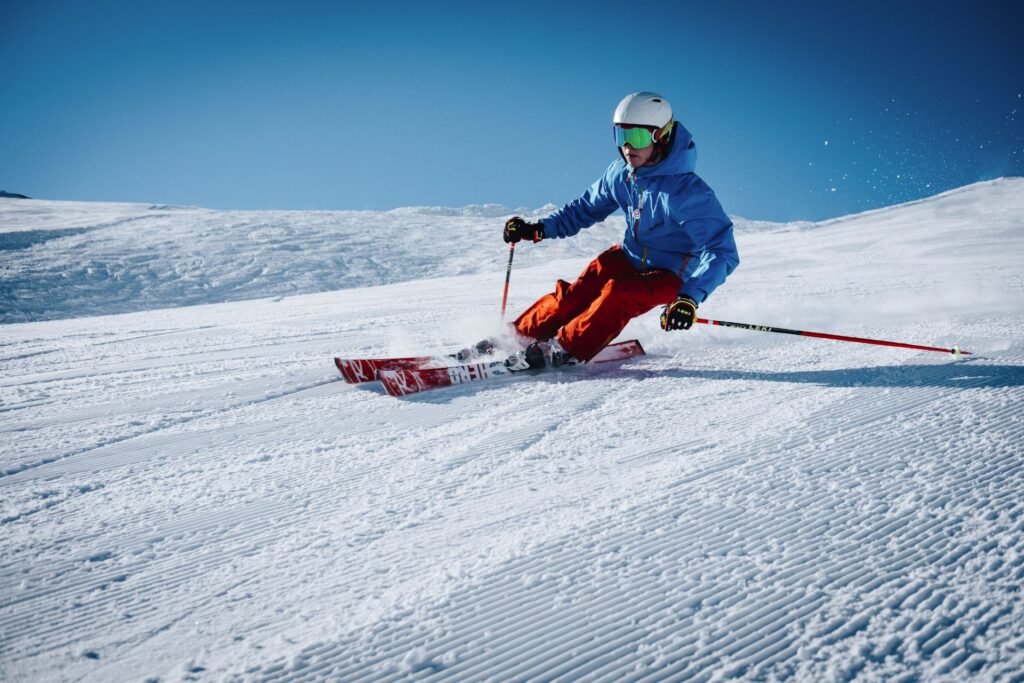
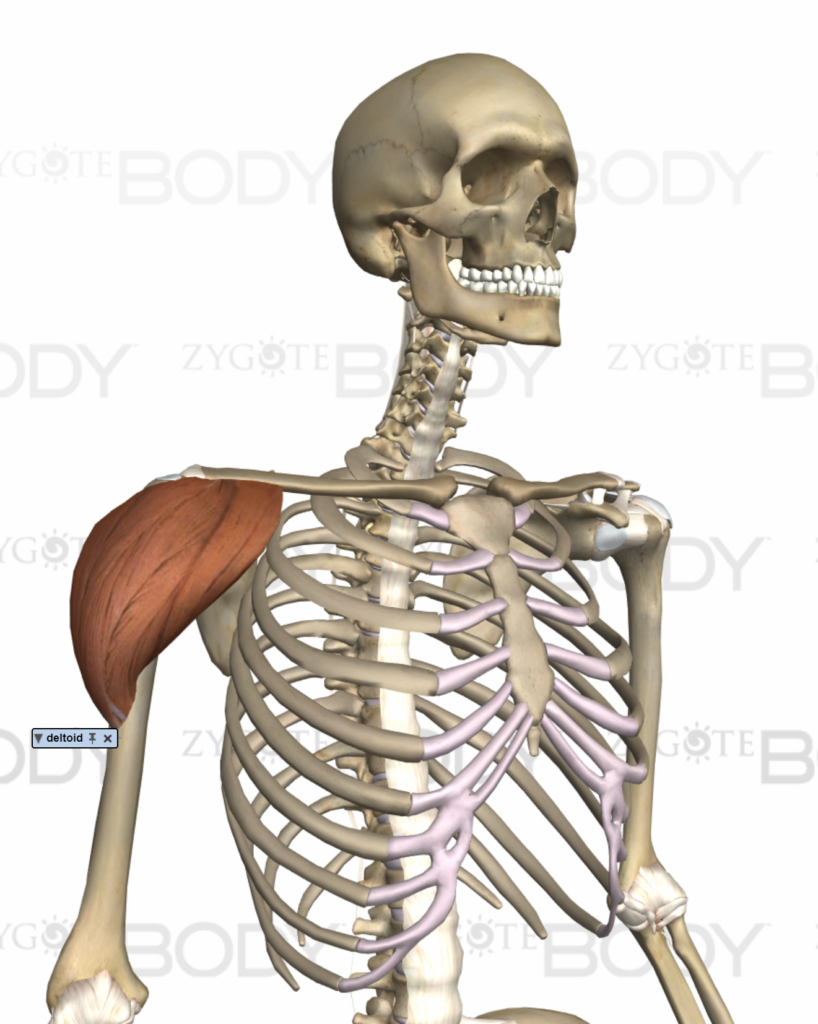
All 3 deltoid muscles: Your anterior, lateral, and posterior deltoids are your primary shoulder muscles. Your anterior delt, or front delt raises your arm in front of you, your lateral delt raises your arm to the side, and your rear delt pulls your arm behind you. All three of these muscles have corresponding rotator cuff muscles and should be trained regularly.
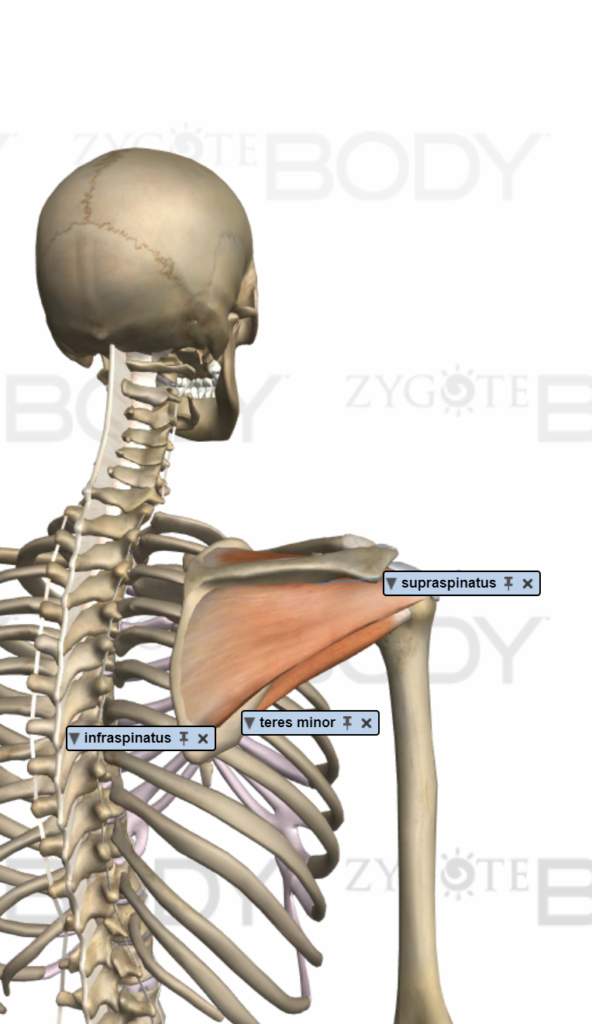
The rotator cuff: The rotator cuff is a series of muscles that provide stability to your shoulder. Often injured, this muscle group is important to train regularly for overall health and quality of life. There’s a rotator cuff muscle for just about every action your arm goes through, from raising your arm, rotating it in and out, and bringing it back down. All facets of the rotator cuff muscles should be trained.
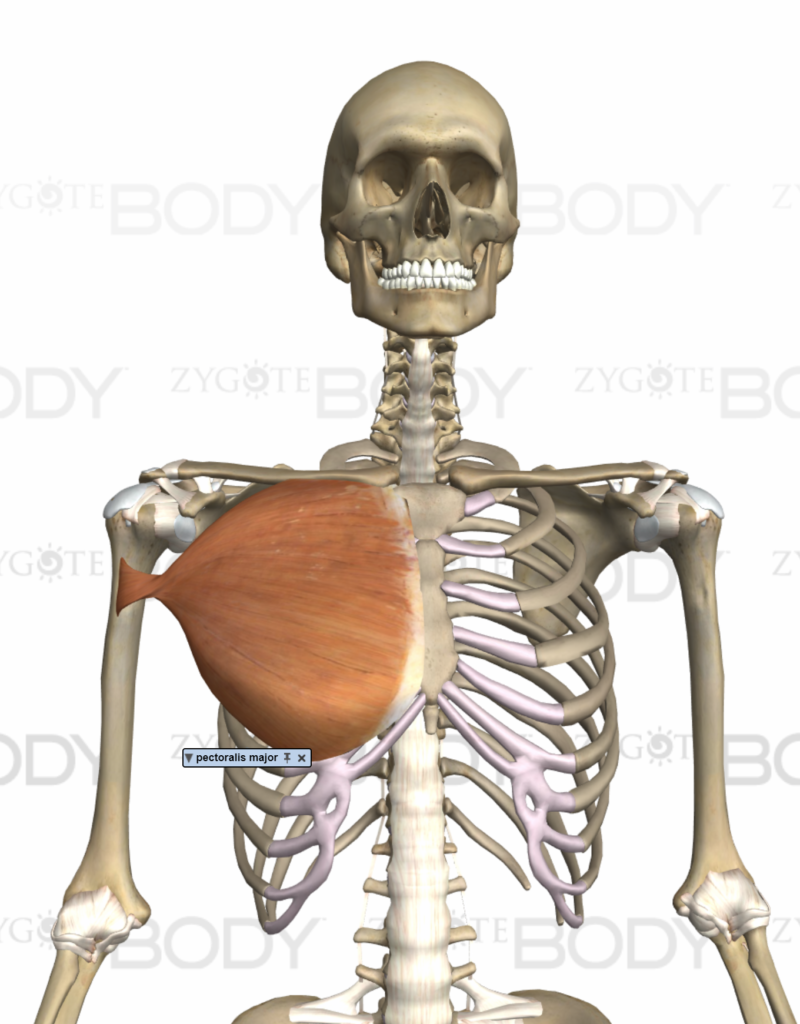
Pec maj/minor: These are your chest muscles. Their main function is to press your arms out in front of you, bring your arm across the body, and assist in elevating your shoulder blade. As one of the largest muscles in your upper torso, these muscles are important for shoulder function and health.
Arms:
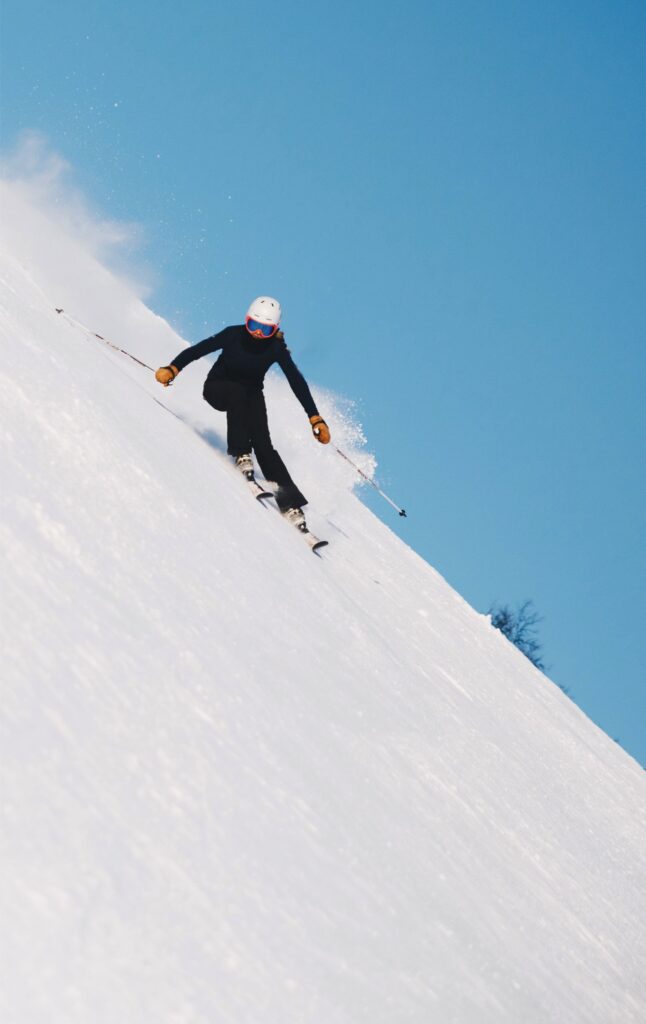

Biceps/brachialis: Your biceps and brachialis flex your elbow. These muscles will also assist the back muscles in pulling motions. Most likely neglected in skiing and snowboarding, maintaining balanced and strong elbow flexors and extensors isnecessary for avoiding elbow related conditions such as tendinitis.
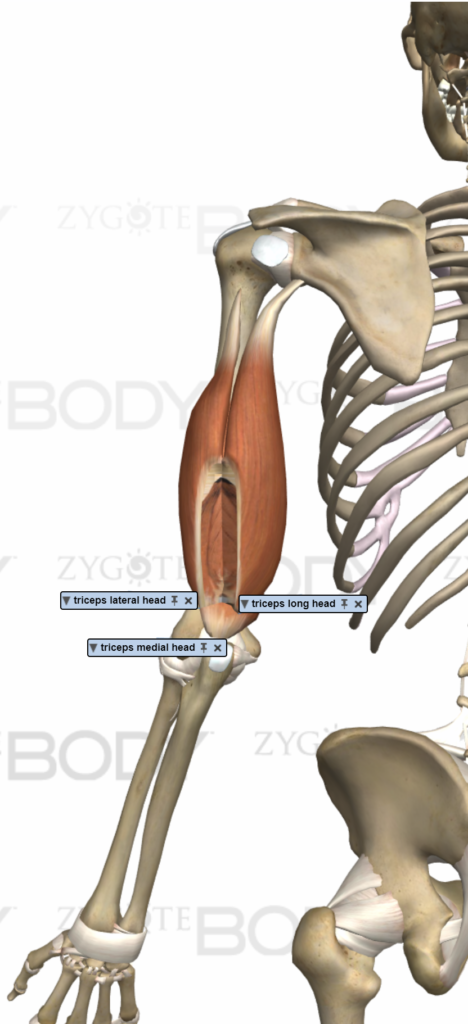
Triceps: The triceps perform the opposite function of your biceps and extend the elbow. Your triceps consist of 3 muscles that are easily trained and strengthened. These muscles also assist the pecs in pushing motions. Having evenly trained biceps and triceps will help avoid elbow dysfunctions.
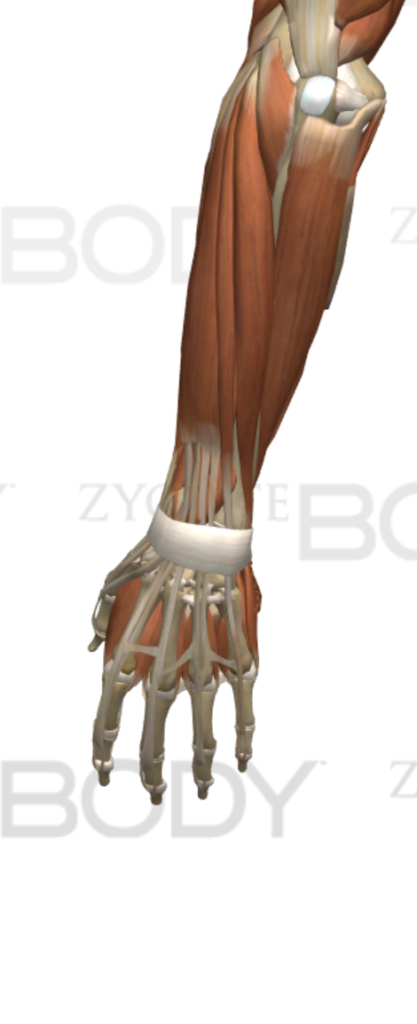
Forearm extensors: Your forearm extensors are a large group of muscles that all operate your wrist and to a smaller degree your elbow. Your extensors pull your hand back. Ensuring these muscles are properly trained along with other possible neglected arm muscles will help counteract poor movement habits and overuse injuries from occupation and lifestyle.
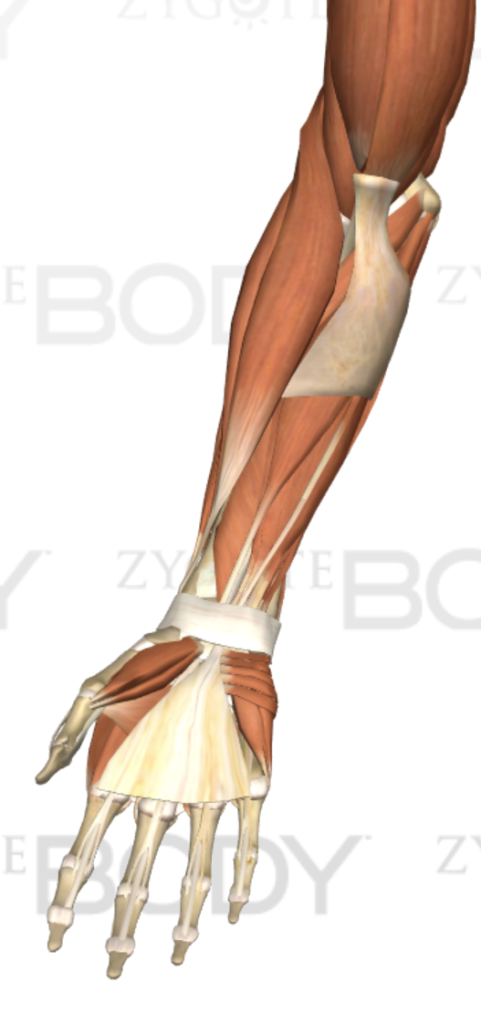
Forearm flexors: These muscles help you close your hand and curl your wrist in. Your flexors are opposite your extensors and both muscle groups should be trained to avoid muscle imbalances. Many Skiers and snowboarders take up other outdoor sports in the off-season such as rock climbing. Training the forearm muscles is a good idea for overall athletic performance.
Step 3: Figure out what Corrective Exercises to implement.
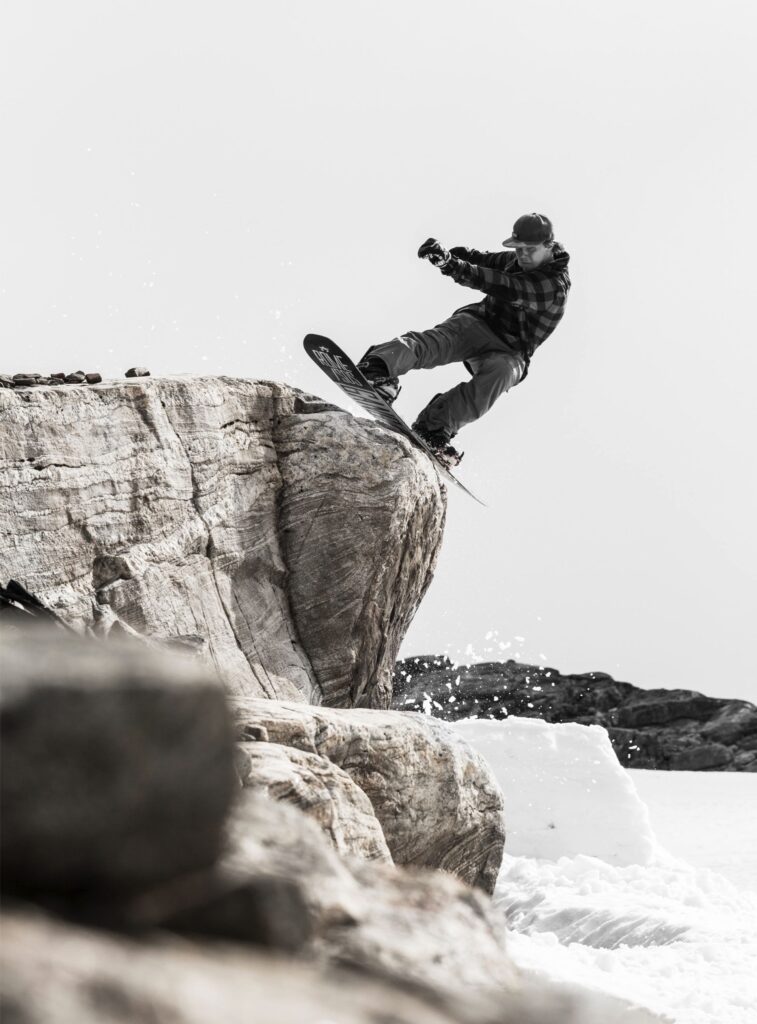
Corrective exercises for skiers and boarders are going to have two main goals. Corrective exercises should address the neglected upper body by strengthening joints and postural muscles that commonly develop issues regardless of your activity. This will also ensure your joints and postural muscles are properly developed to combat a sedentary lifestyle and occupation-related muscle imbalances.
Corrective exercises for skiers and snowboarders should also address common injuries and problem areas directly from skiing and boarding. Common dysfunctions and injuries are likely to occur at the knees, hips, sometimes the ankles as well. The rotational forces are high on the knees from standard maneuvering and form. This can be compounded depending on how stiff your boot is, transferring more or less of these torquing forces to the knees.
Common strengthening corrective exercises are appropriate for countering upper body weaknesses and neglect. Stability and balance exercises are great for addressing lower body conditioning and injury prevention.
Examples of corrective exercises:
Upper body:
Apple pickers
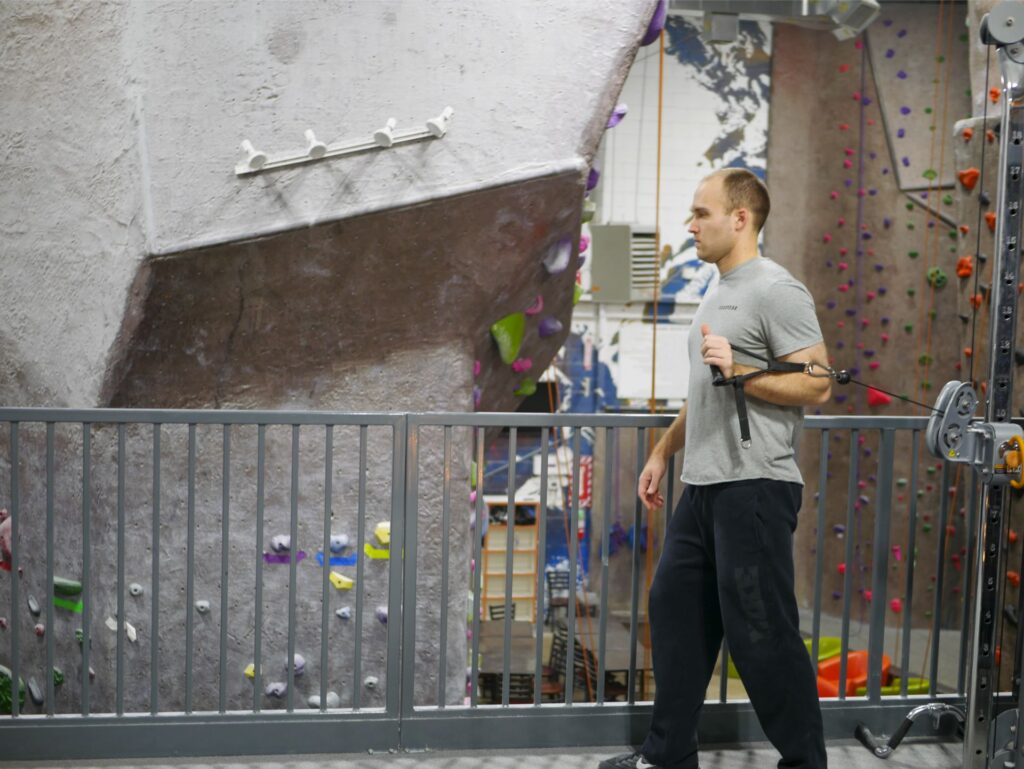
1 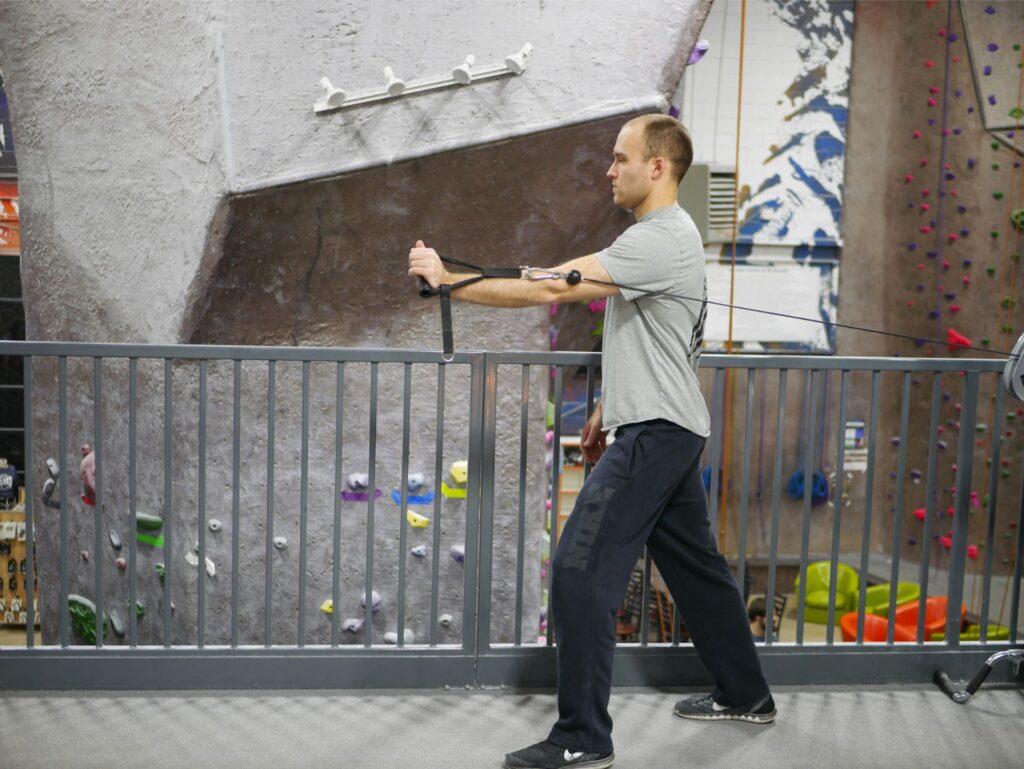
2 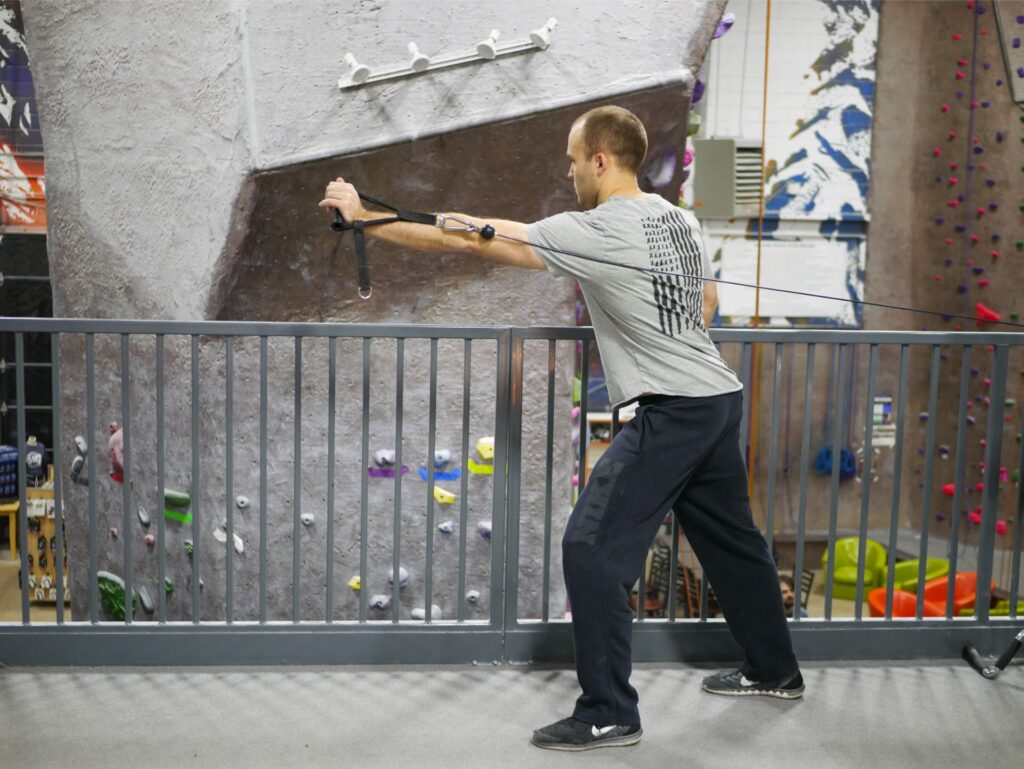
3
Face pulls
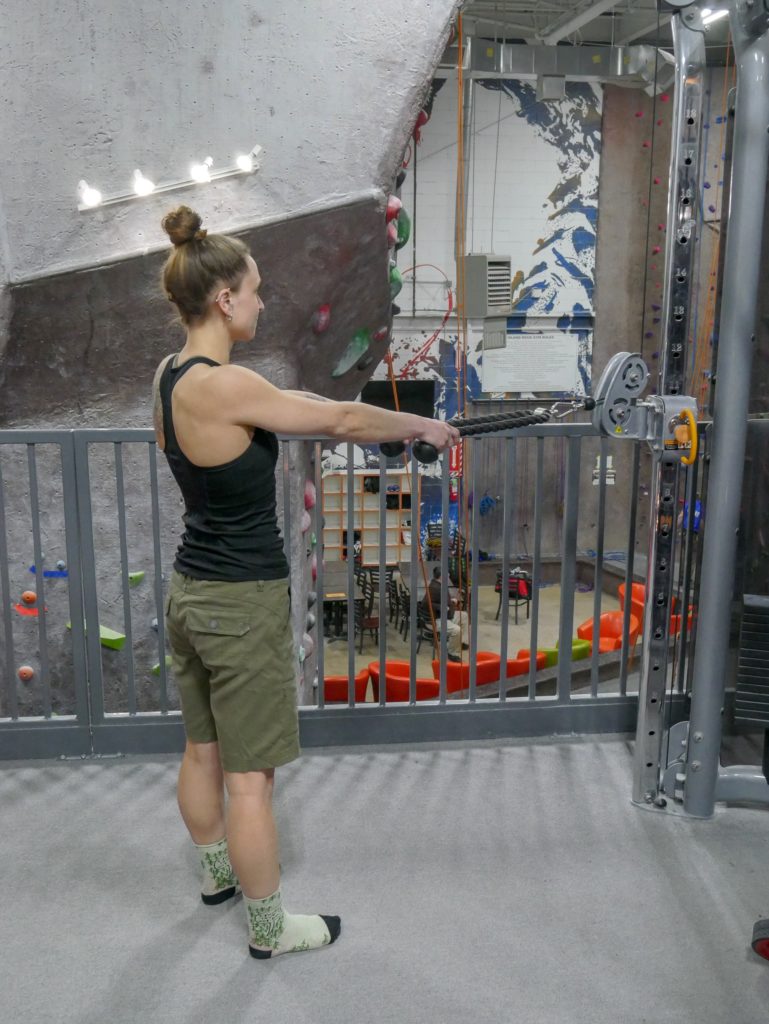
Start 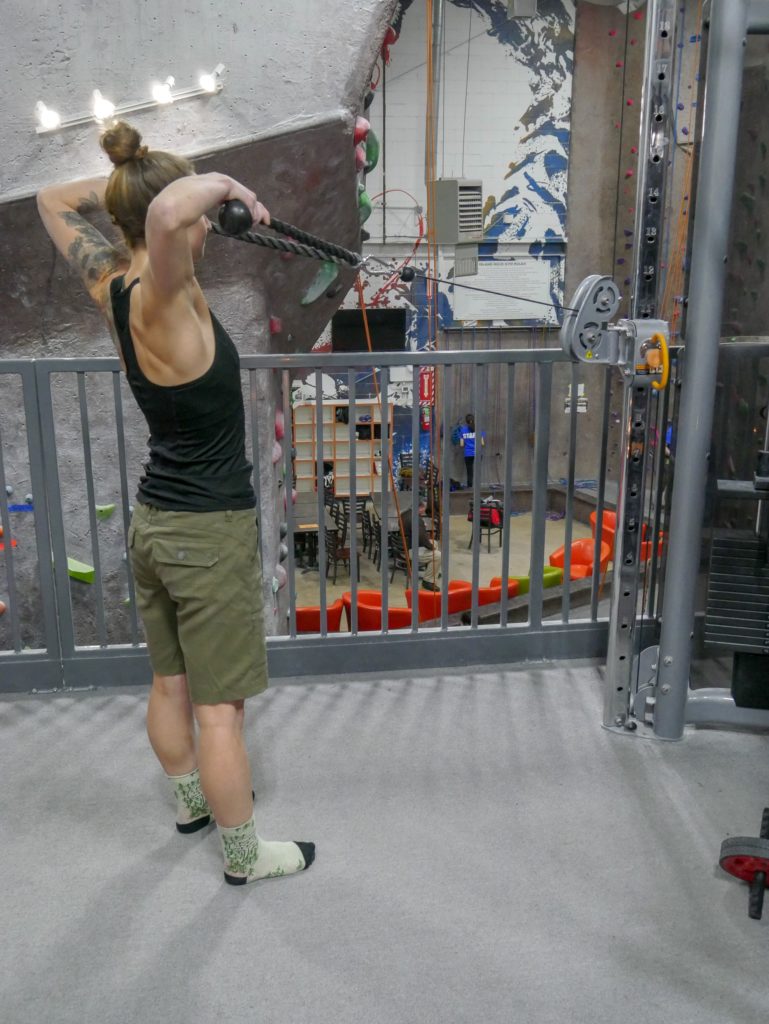
Finish
Banded arm circles
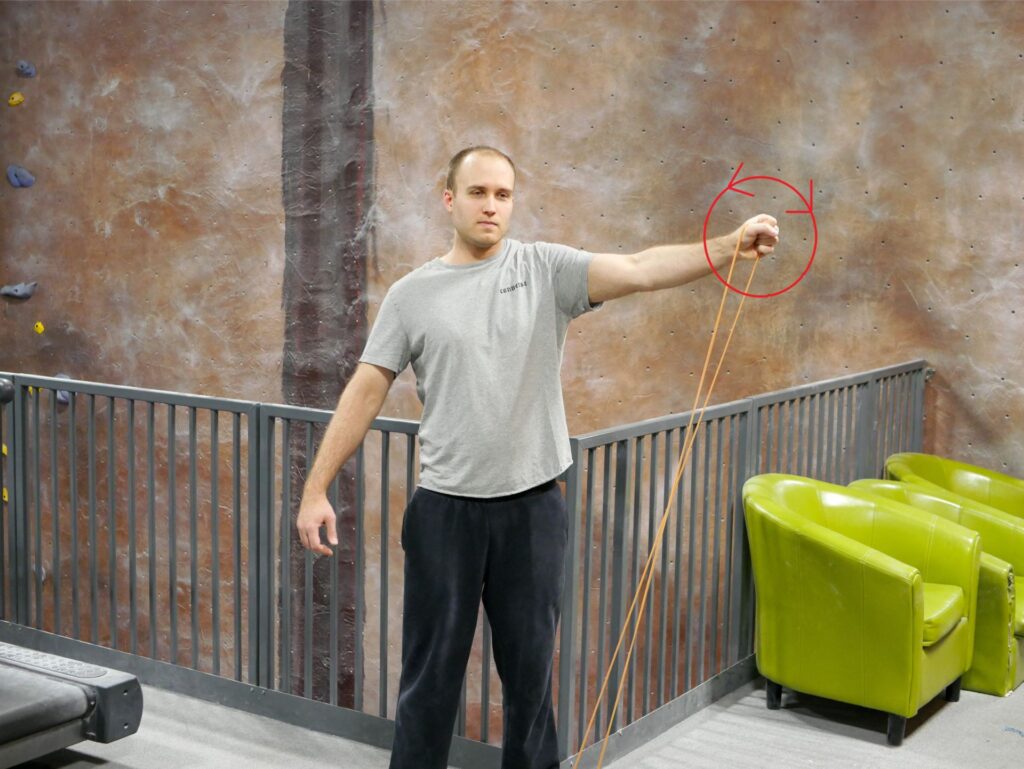
Front Circles 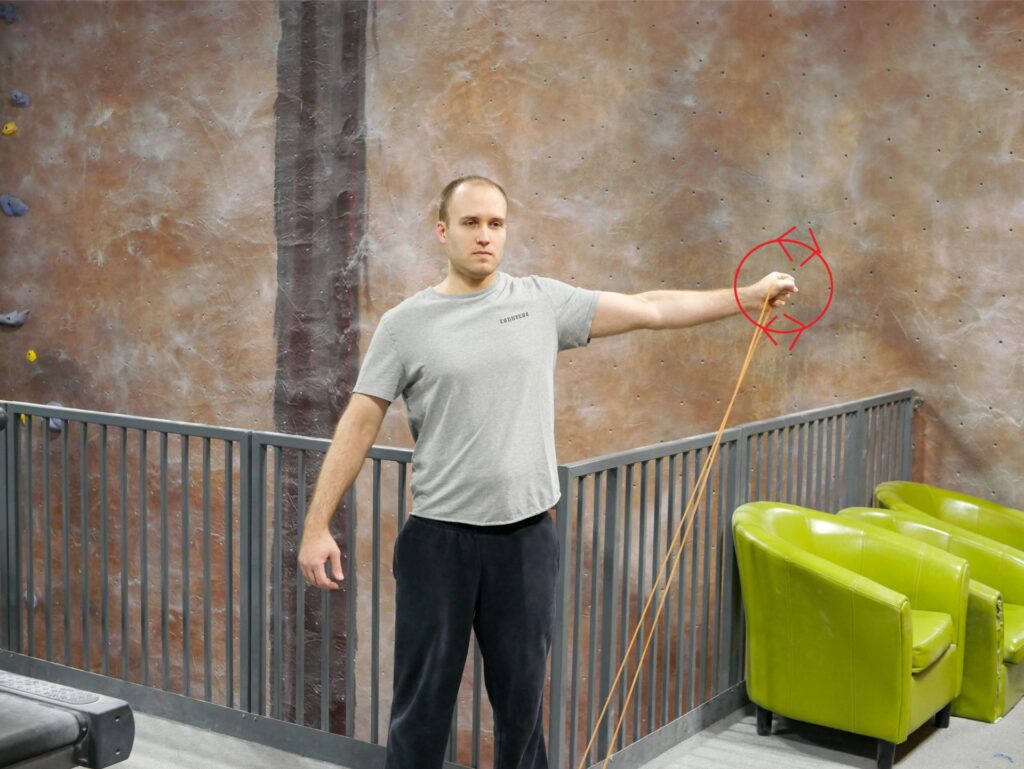
Side Circles
Wall slides
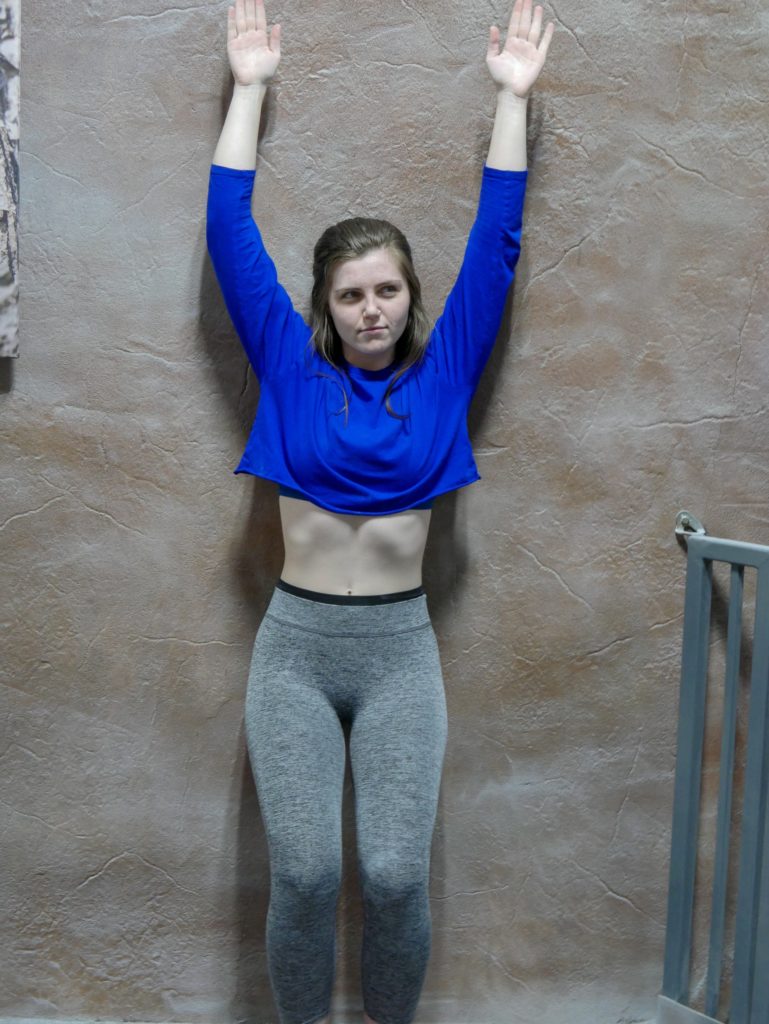
Wall slide finish 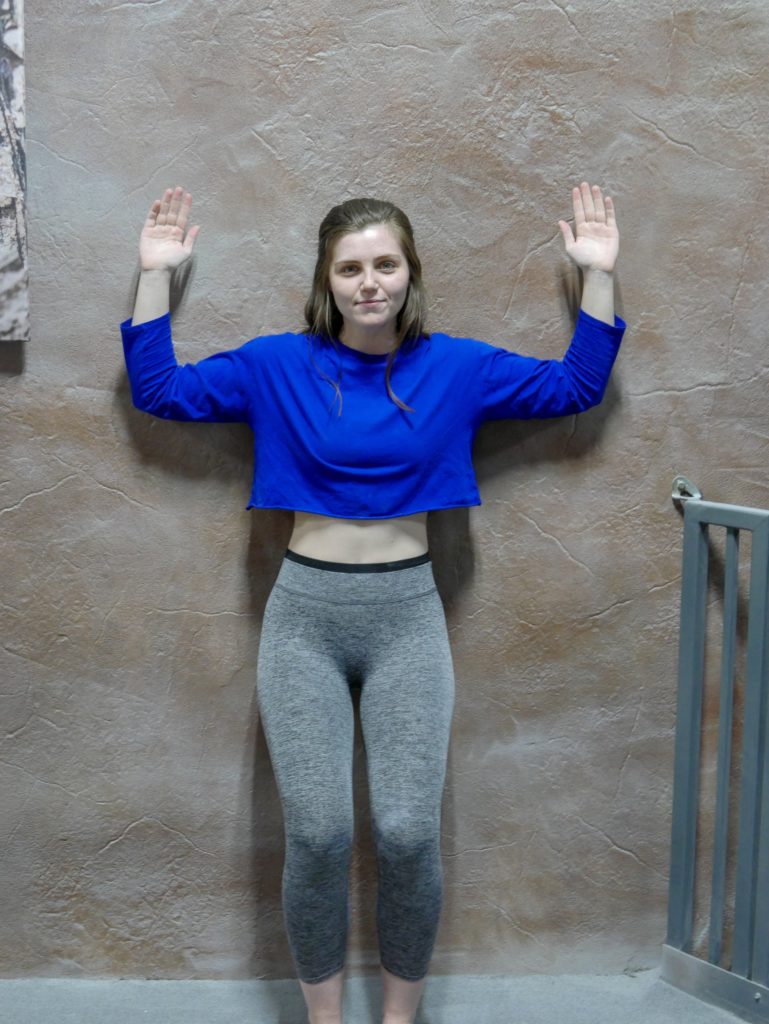
Wall slide start
Stability ball row to behind the head
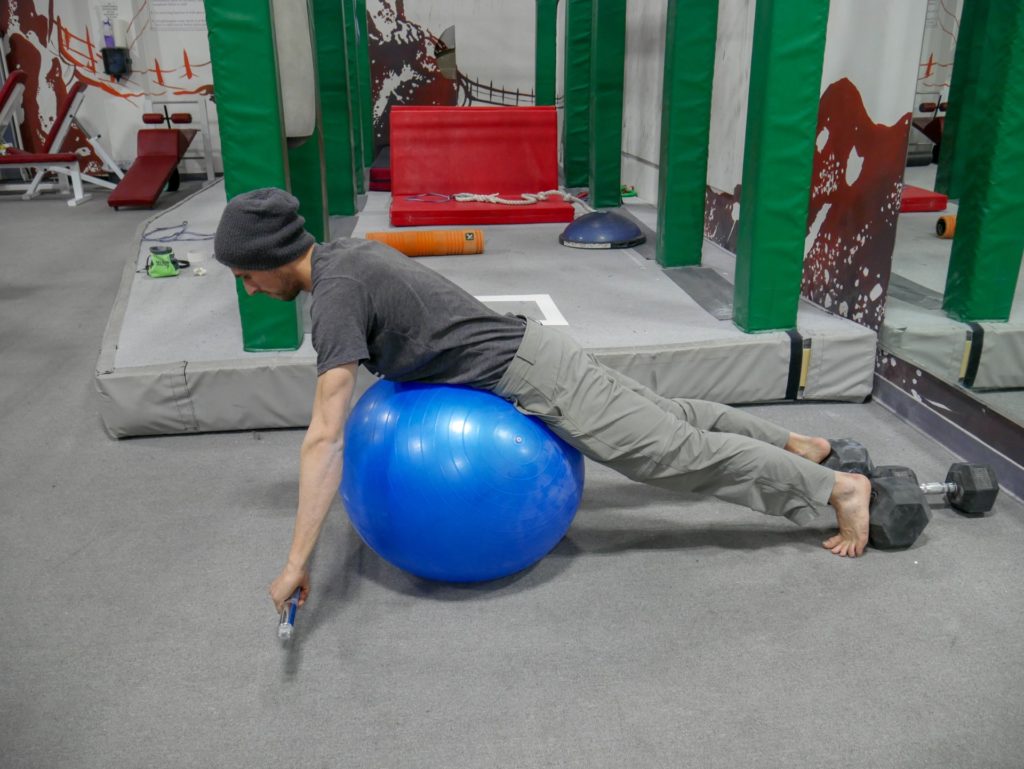
1 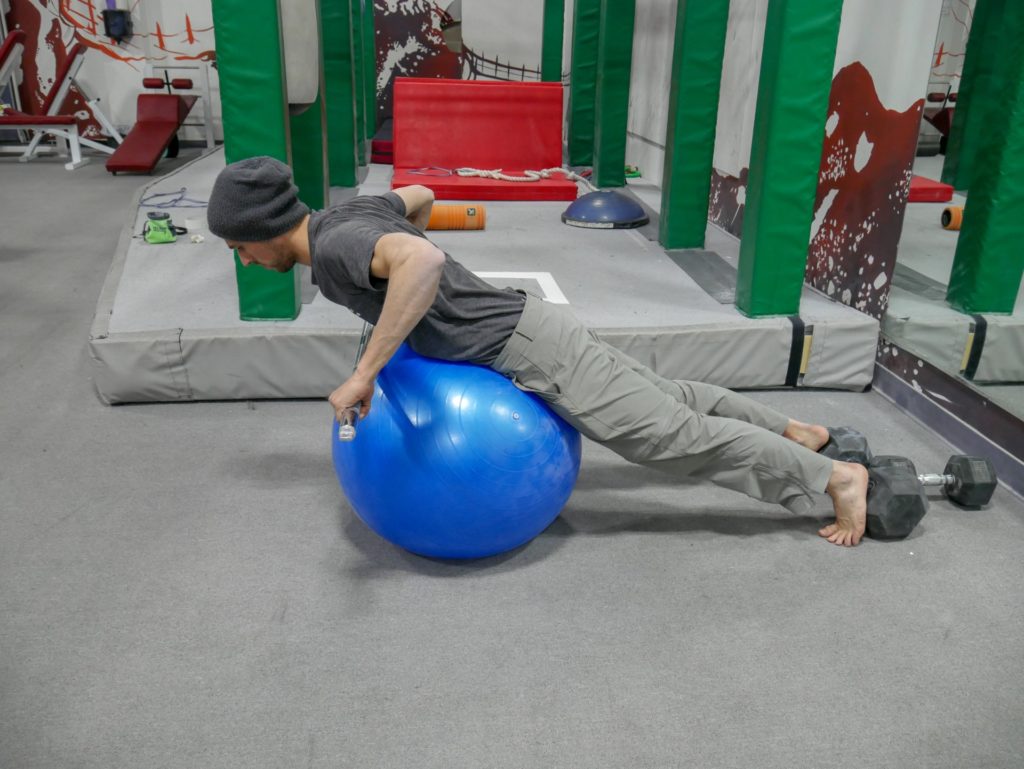
2 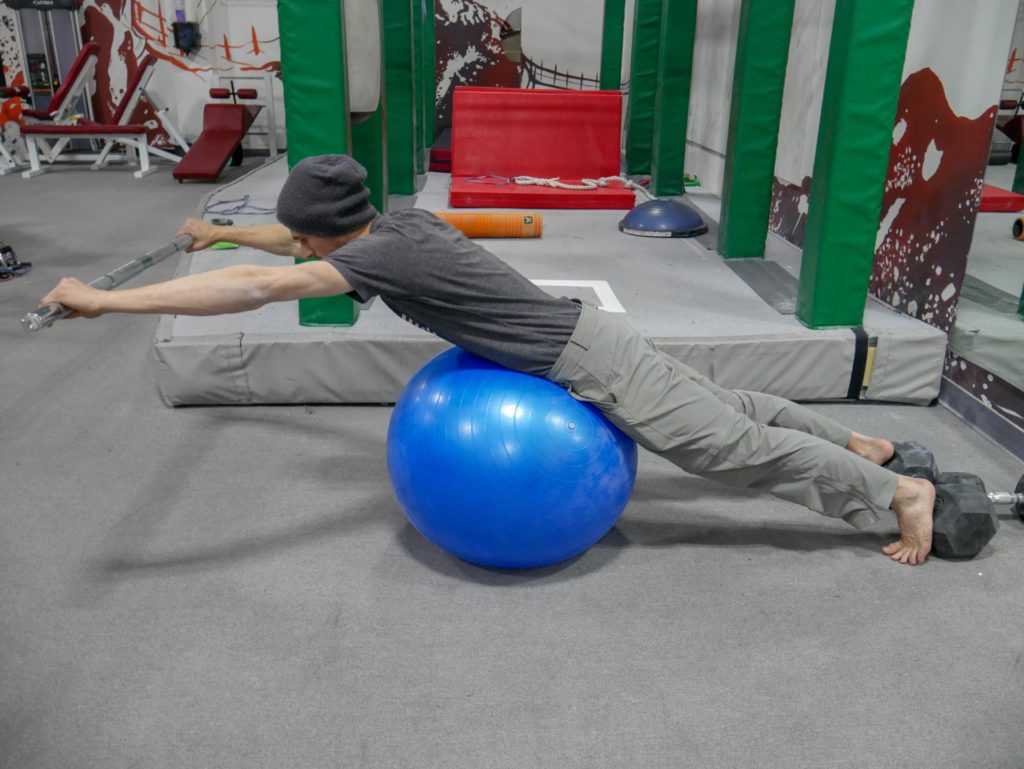
3 
4
Lower Body:
Single leg balance reach
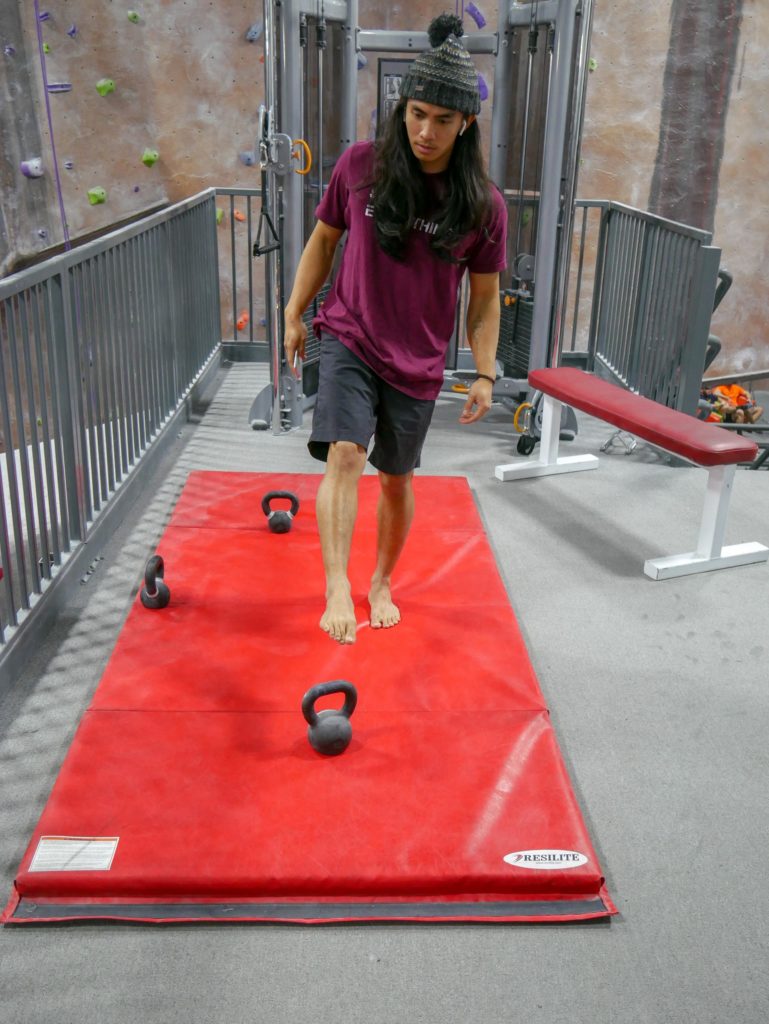
1 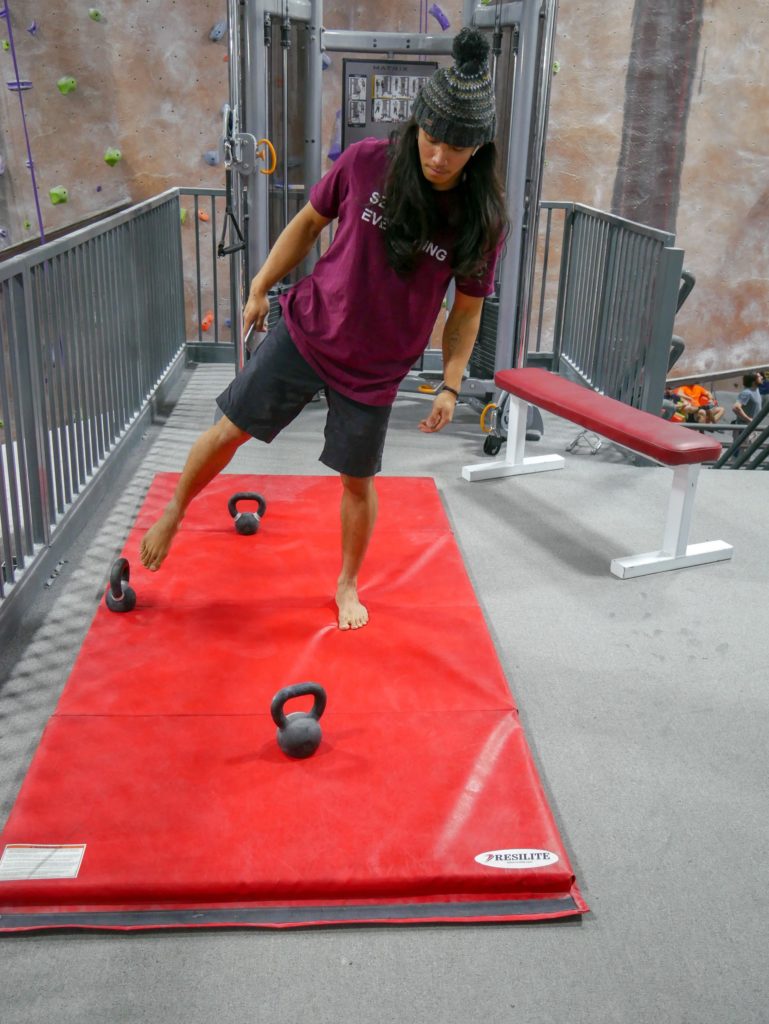
2 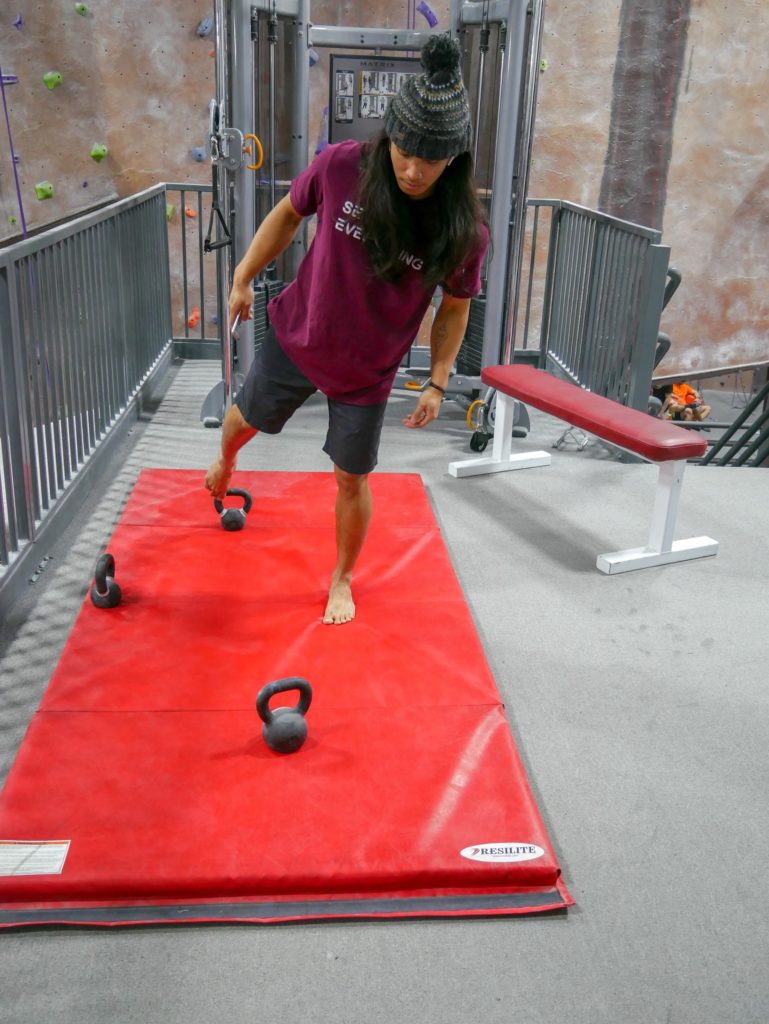
3
Single leg kickback to high knee
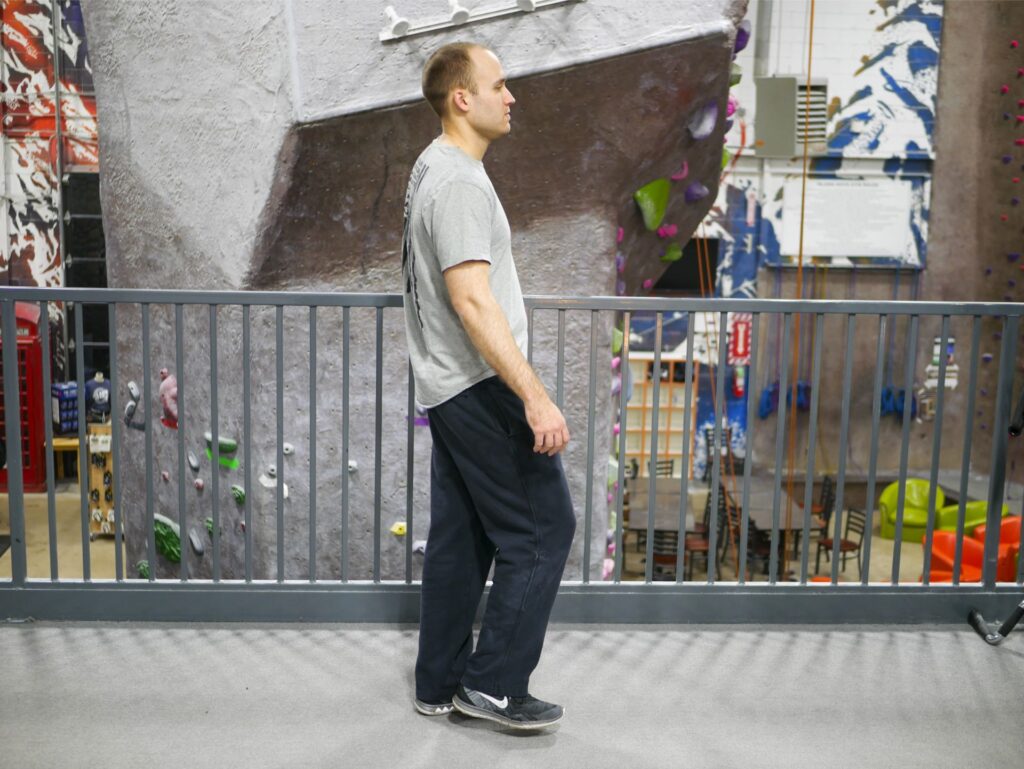
1 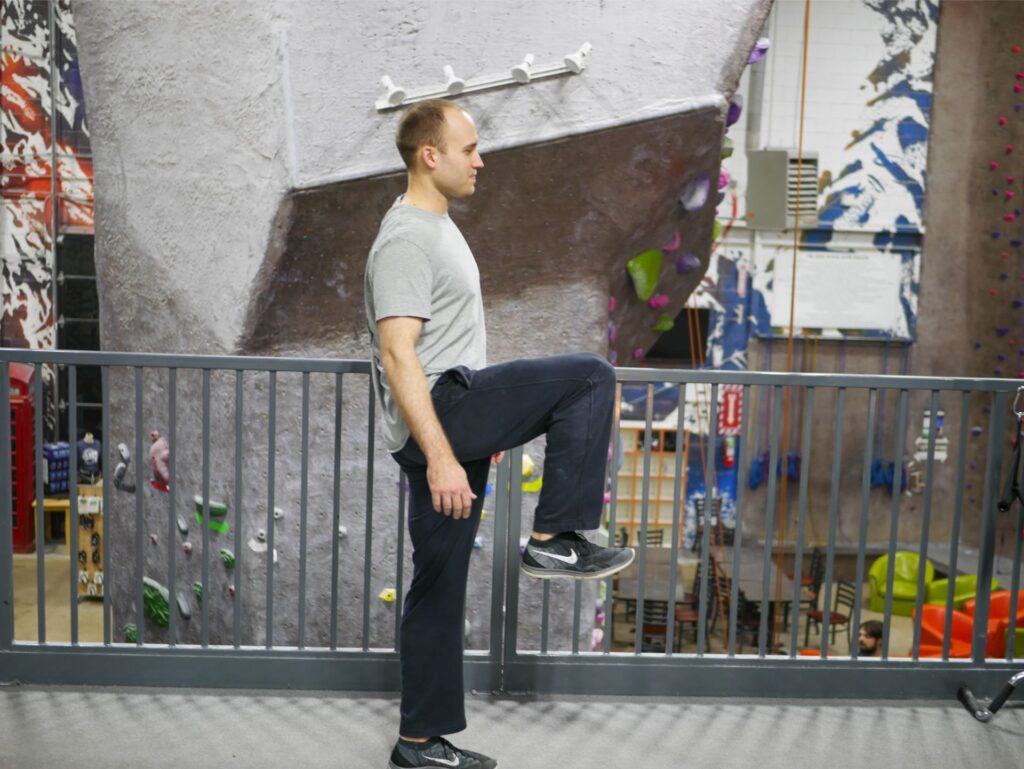
2 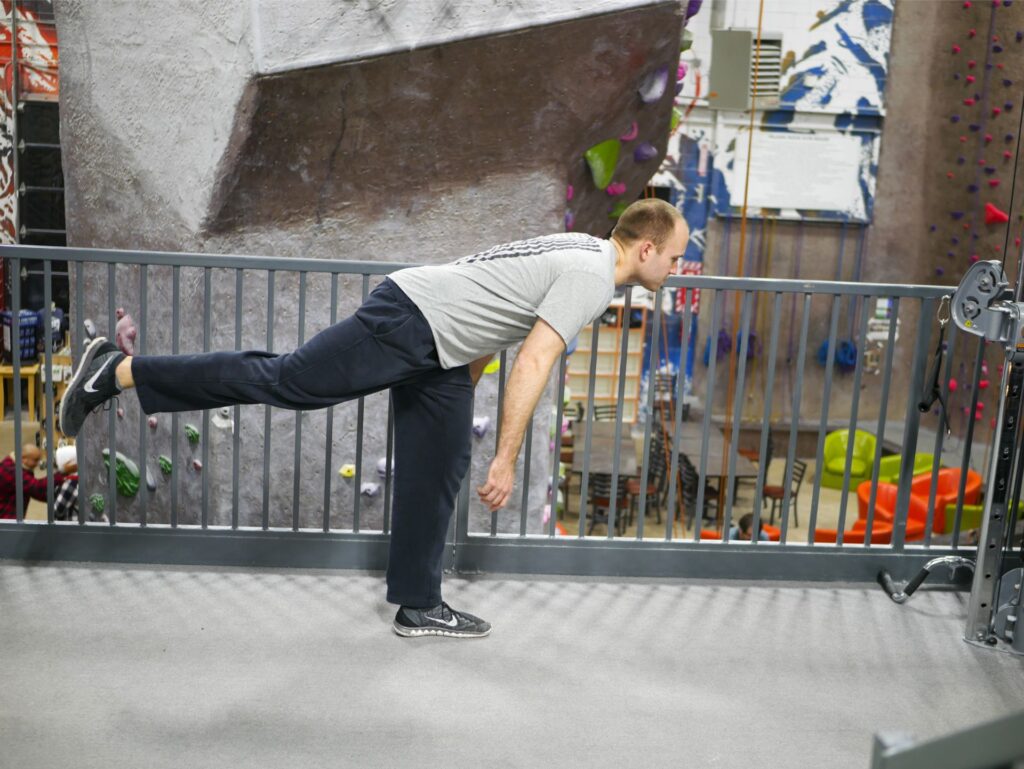
3
Banded side stepping
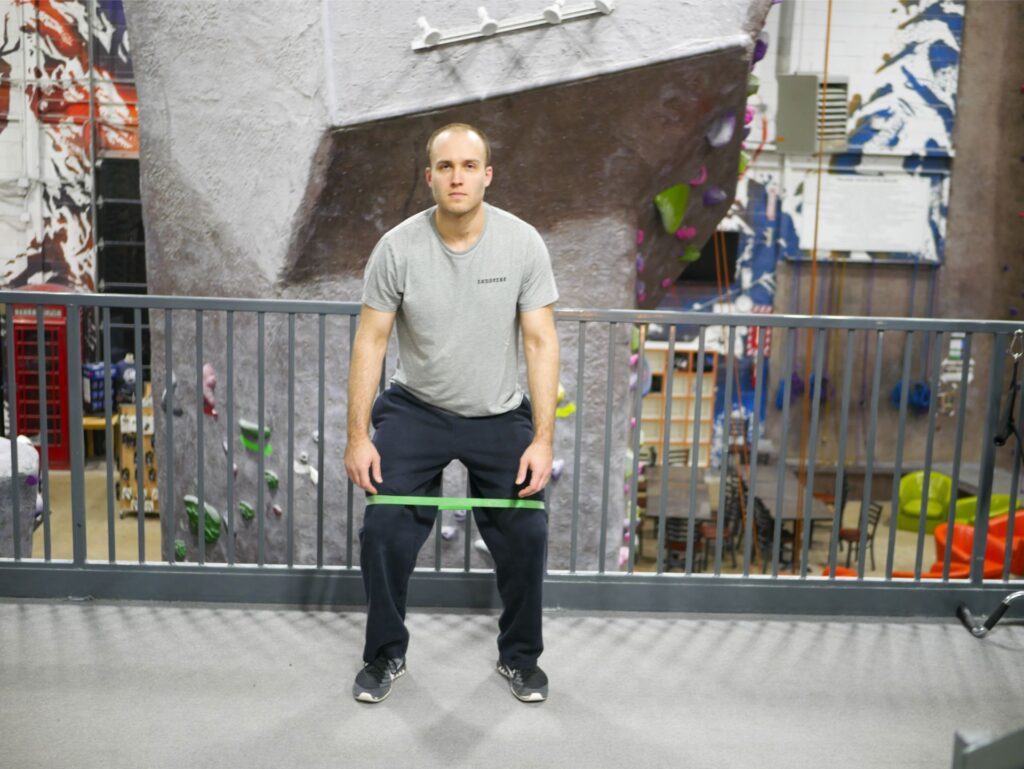
1 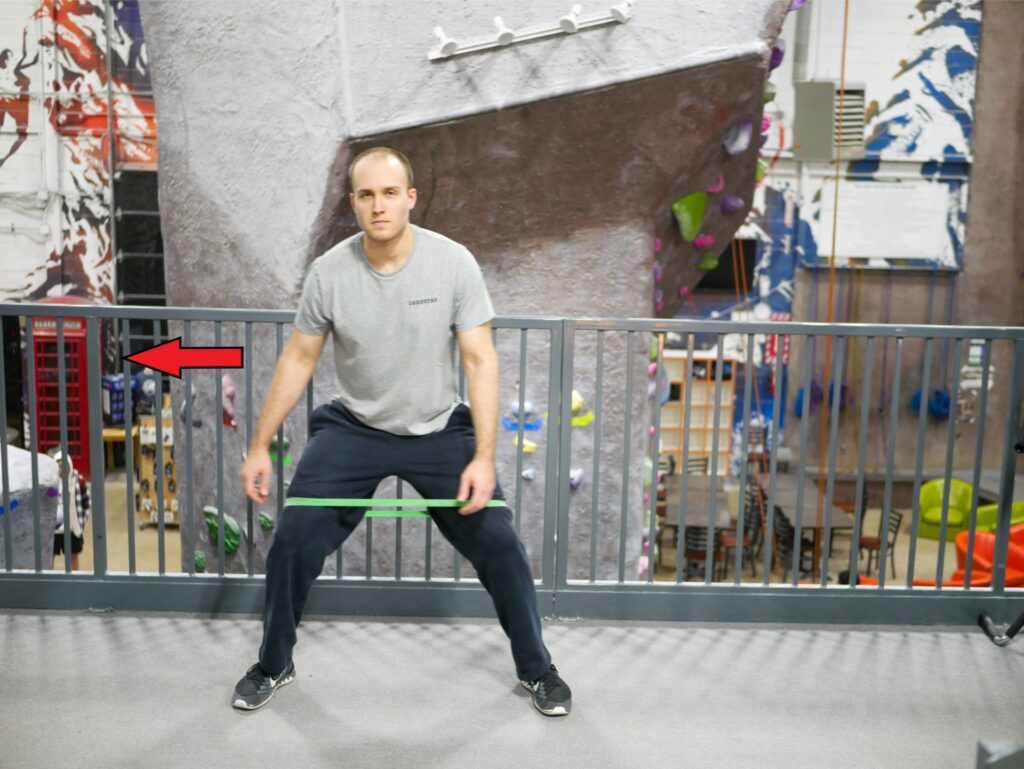
2 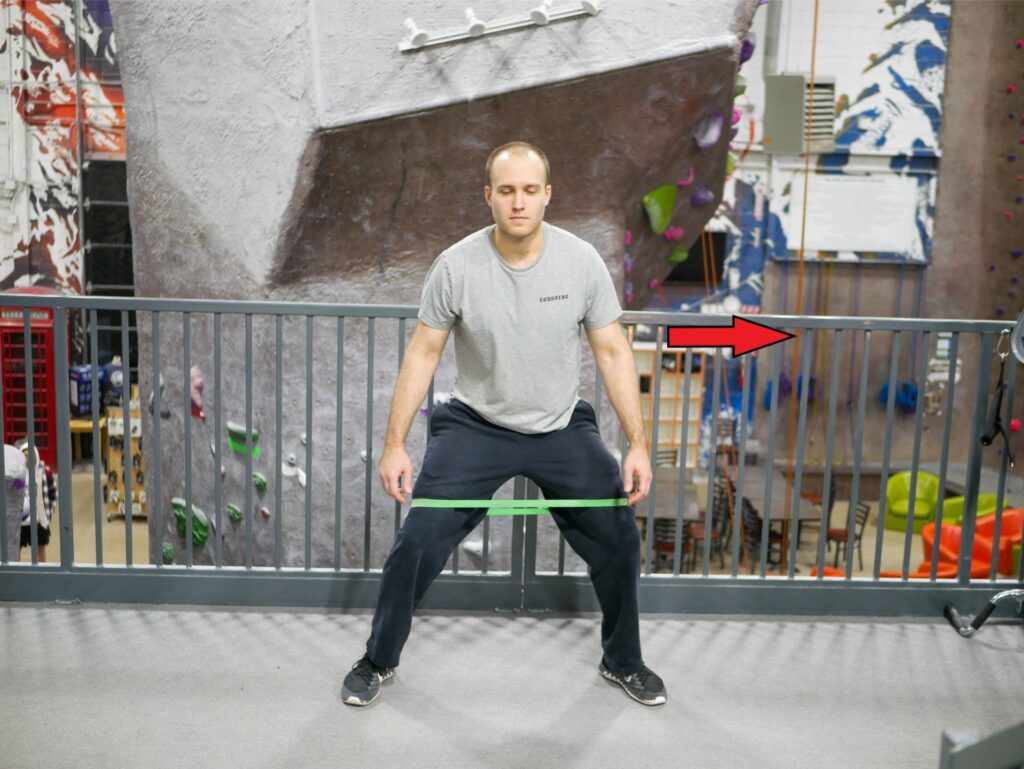
3
TRX pistol squats
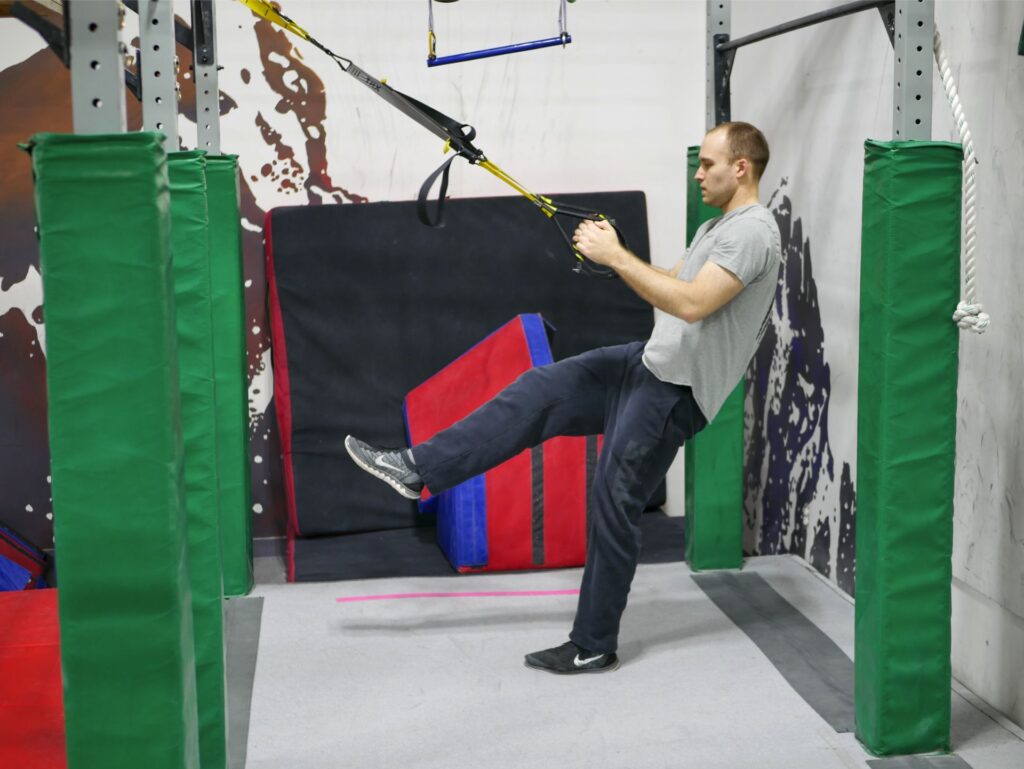
Start 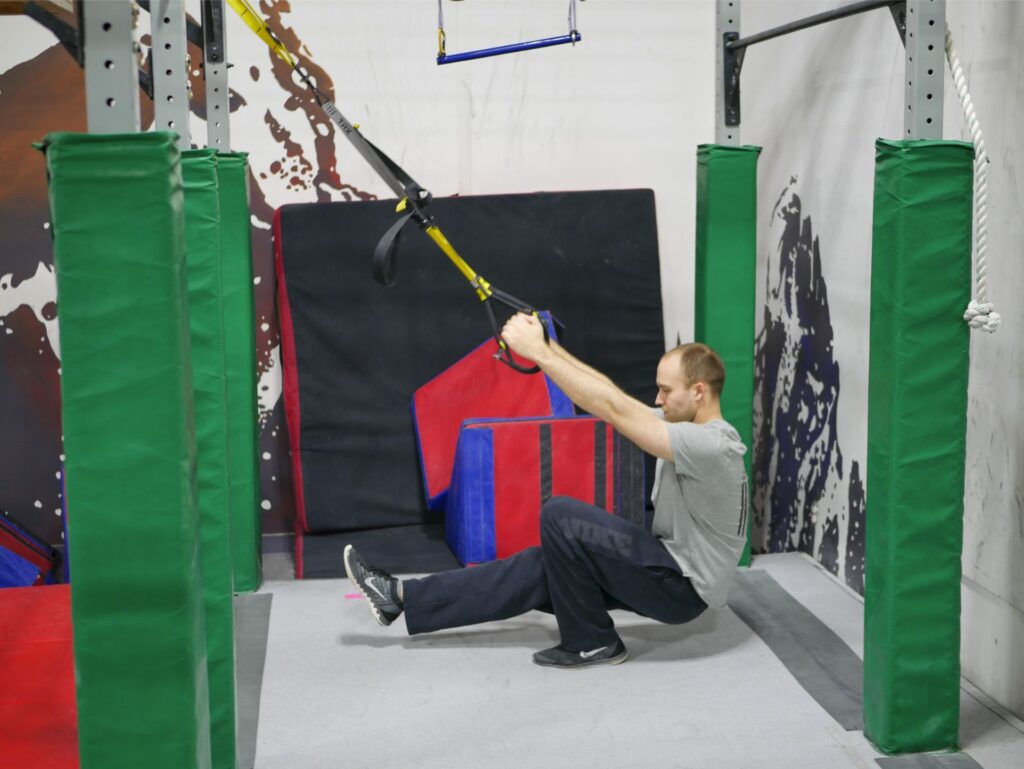
Finish
Side lunges
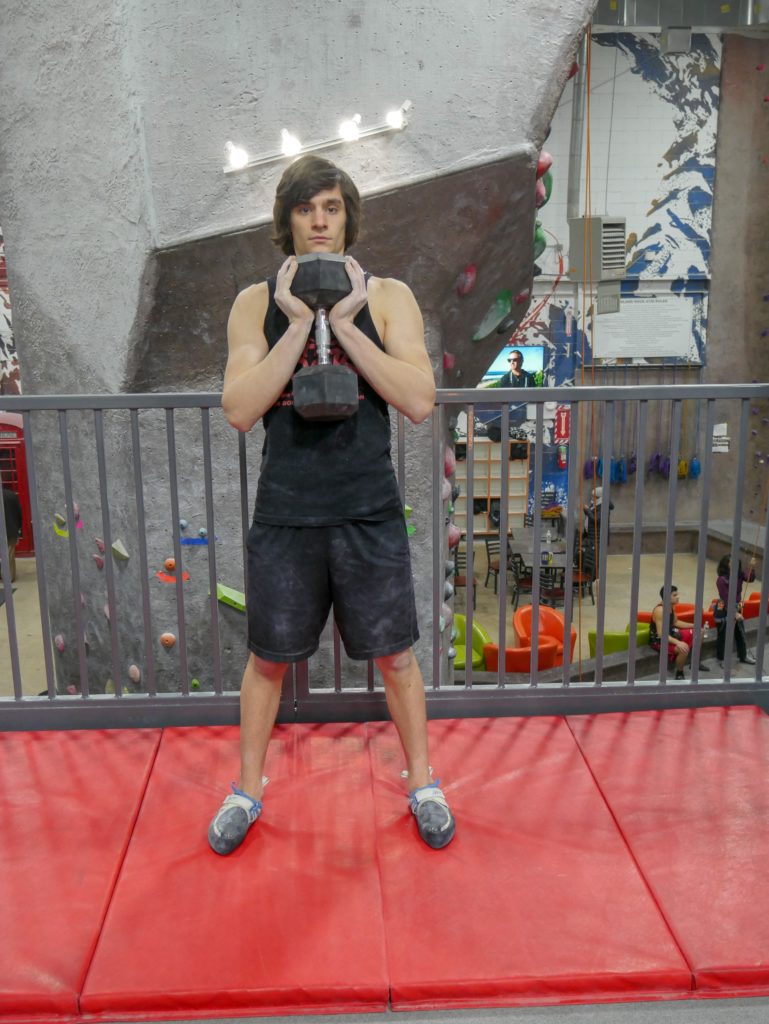
1 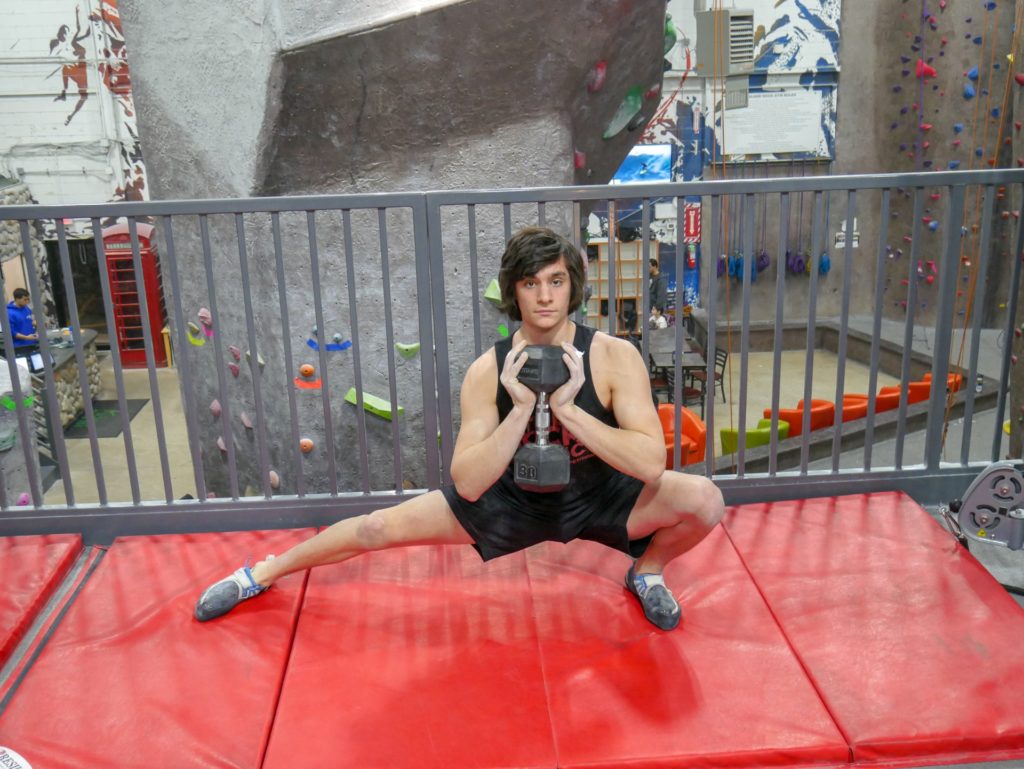
2 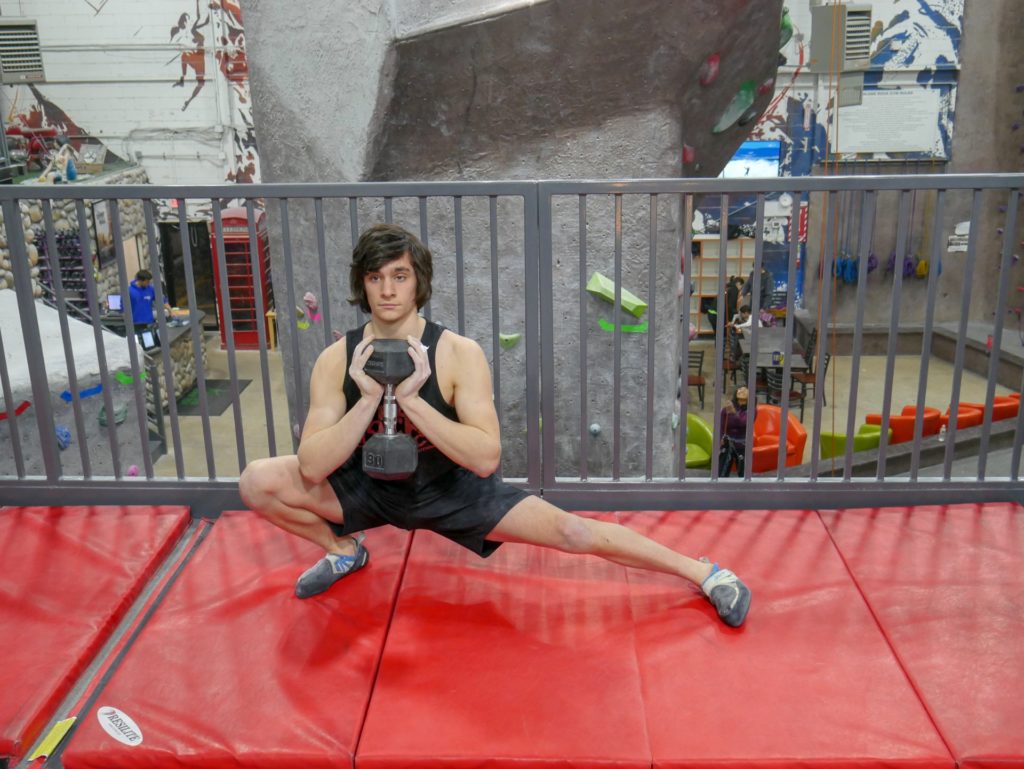
3
These examples demonstrate a parameter for choosing your corrective exercises. They’re Not the end-all be-all of corrective exercises but merely a reference point for incorporating similar movements designed to strengthen and improve particular weaknesses.
Step 4: Construct a program using corrective exercise additives.
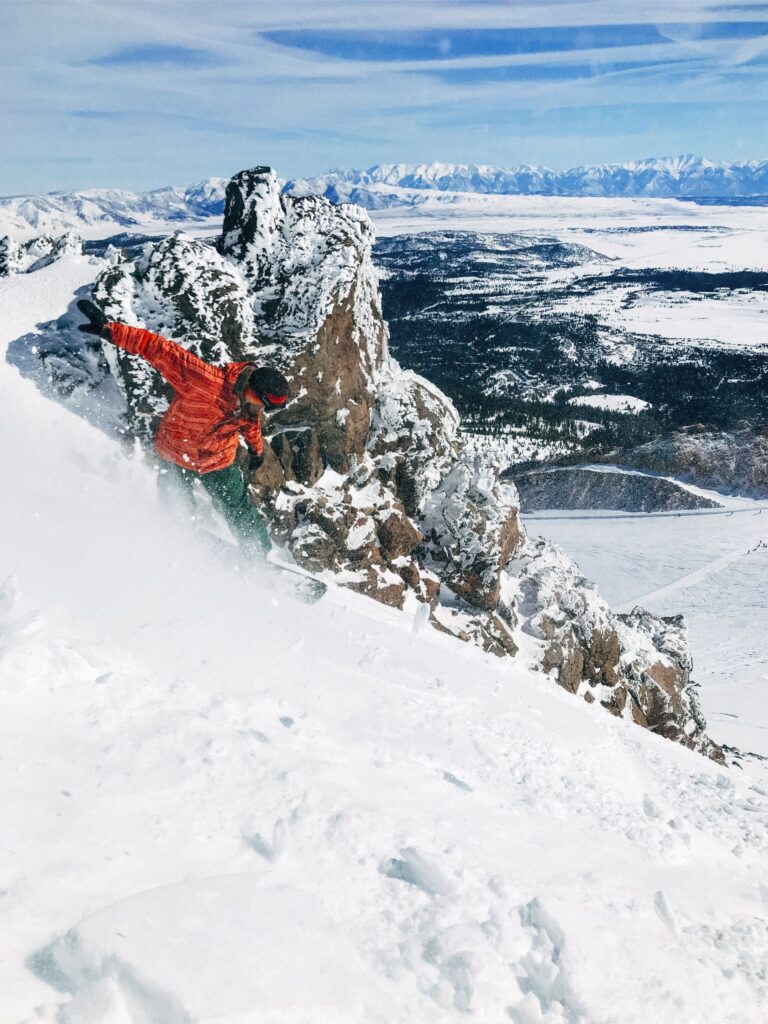
If we take a look at a generic training schedule for a skier or boarder we see training is going to revolve around in season and off-season schedules. Depending on the time of year we will be visiting different phases of training.

A training program should be individualized and systematic. We want to include corrective exercises that are deemed appropriate for the specific athlete. The goal is to minimize muscle imbalances, maximize performance, and avoid injury.
Throughout the year we will be visiting different forms of training that synergise with the athlete’s goals and progress. Ramping up certain forms of training around specific events is common practice.
Phase one training consists of stability and balance focused exercises. Most of the exercises in this phase are low impact and have a fast recovery. These exercises are often performed with different modalities like a balance disc, Bosu ball, or a foam pad. These exercises are best performed for timed sets (~2-3min) or high rep sets (15+) with low rest (>45 seconds). These exercises can be performed as often as you would like (3+ days per week) because they are generally low intensity.
Phase two is muscle endurance training. Muscle endurance is where we develop stamina allowing us to maintain strength through an activity. The strength-endurance phase usually involves resistance training performed with lightweight (65-75% of 1RM), higher rep sets (12-15) with shorter rest periods (45seconds-1min). A phase two programming split might involve 3 or more training days focusing on a particular body group.
Phase three is muscle building. Muscle building isn’t generally the focus of a skier or snowboarder as this activity mostly optimizes strength to weight ratio and minimizing the impact on the knees and joints is important. Muscle building usually contains moderate weight (75-85% of 1RM), medium rep sets (8-10) with moderate rest (1-2 minutes between sets). During this phase a split routine spreading 5 days or so is optimal, focusing on a different body group each day.
Phase four training is maximum strength. During this phase of training, we are attempting to get as strong as possible. Strength training involves maximum weight (85-95% of 1RM), low rep sets (<6) and very long rests between sets (5+min). Strength training is beneficial to a skier or snowboarder because it will translate over to control and stability on skis/snowboards. Generally, strength training hits some kind of pushing, pulling, and squatting movement once a week. Less is more with strength training as maximum intensity is expected per set, and requires a lot of recovery time.
Phase five is maximum power. Power is explosiveness and speed and can be a valuable skill set for a skier or snowboarder. Power training generally performed with modalities like a slam ball, medicine ball, bands, hammers, tires, etc. Power training is generally performed with lighter weight implements, high rep sets (15+), as explosively as possible, with little rest (1-1.5min).
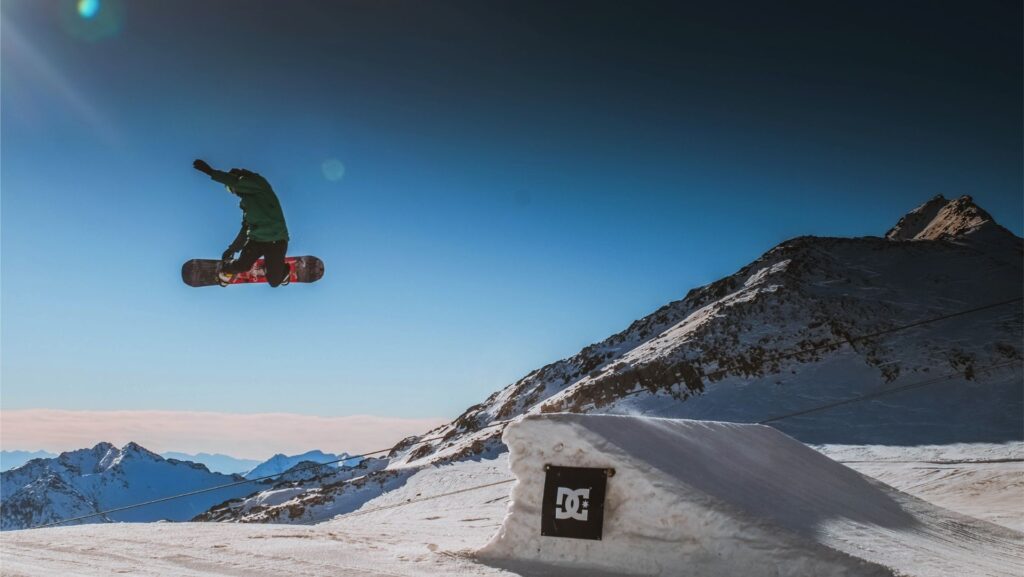
In-season
In-season training will have an emphasis on endurance, stability, and injury avoidance. In-season training should allow an athlete to perform at his maximum and not take away from his sport. We don’t want a skier or boarder to bee too tired from exercise and resistance training to perform properly on the mountain.
In-season training contains moderate volume (2-3 days per week) of phase one and phase two training. This will help to maintain muscle endurance and allow you to recover.
In-season training will include corrective exercises for the particular athletes muscle imbalances to help them resolve dysfunctions and optimize performance. These exercises will also help to avoid injuries and improve joint mechanics.
Off-season
Off-season training is going to focus on building strength in neglected and weak muscle groups and also maintaining strength in your lower body. This is where you can spend more time in the gym, training heavier sets and larger compound movements.
Off-season training will visit phase Four and Five often but might revisit phases one and two briefly to maintain those levels or performance.
Off-season training will still include corrective exercises to help avoid injury and optimize joint function. Corrective exercises will improve mobility and allow many of the resistance exercises to be performed correctly.
Step 5: Reassess regularly. Maintain.
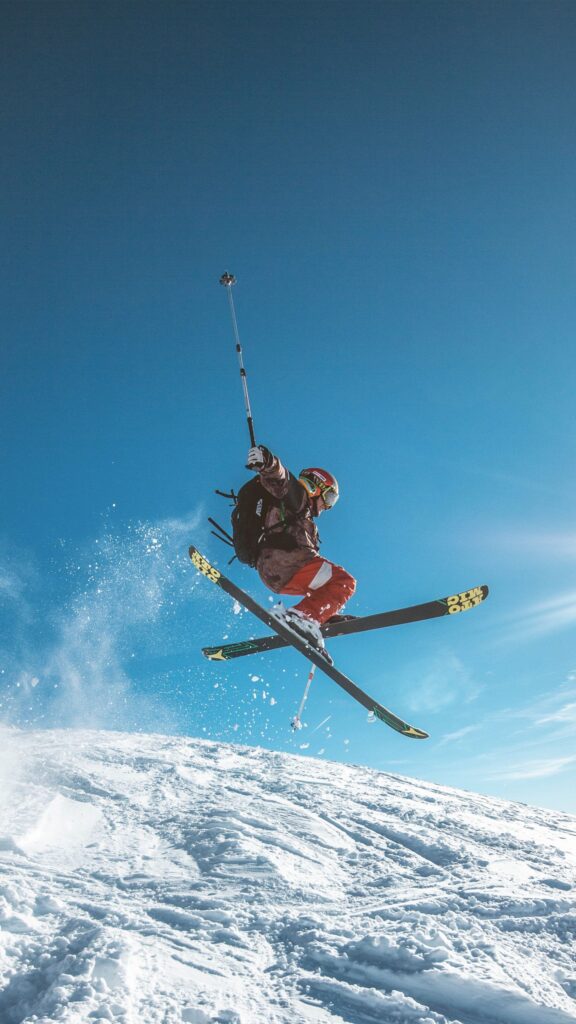
Because our bodies are constantly changing and adapting its important to reassess our progress regularly. Changes in programming and corrective exercise selection will reflect the athlete’s current condition and goals.
Performing an assessment regularly will reveal dysfunctions and direct future planning. Programming should reflect weaknesses and the athlete’s current requirements.
Performing a static assessment, a movement assessment, and even a cardiovascular assessment will help to create as complete a picture as possible.
In-season training will focus on maintenance and injury prevention, the assessments will help determine which corrective exercises the athlete should be focused on.
Off-season training will focus on developing strength and training volume should be directed towards an athlete’s weaknesses.

